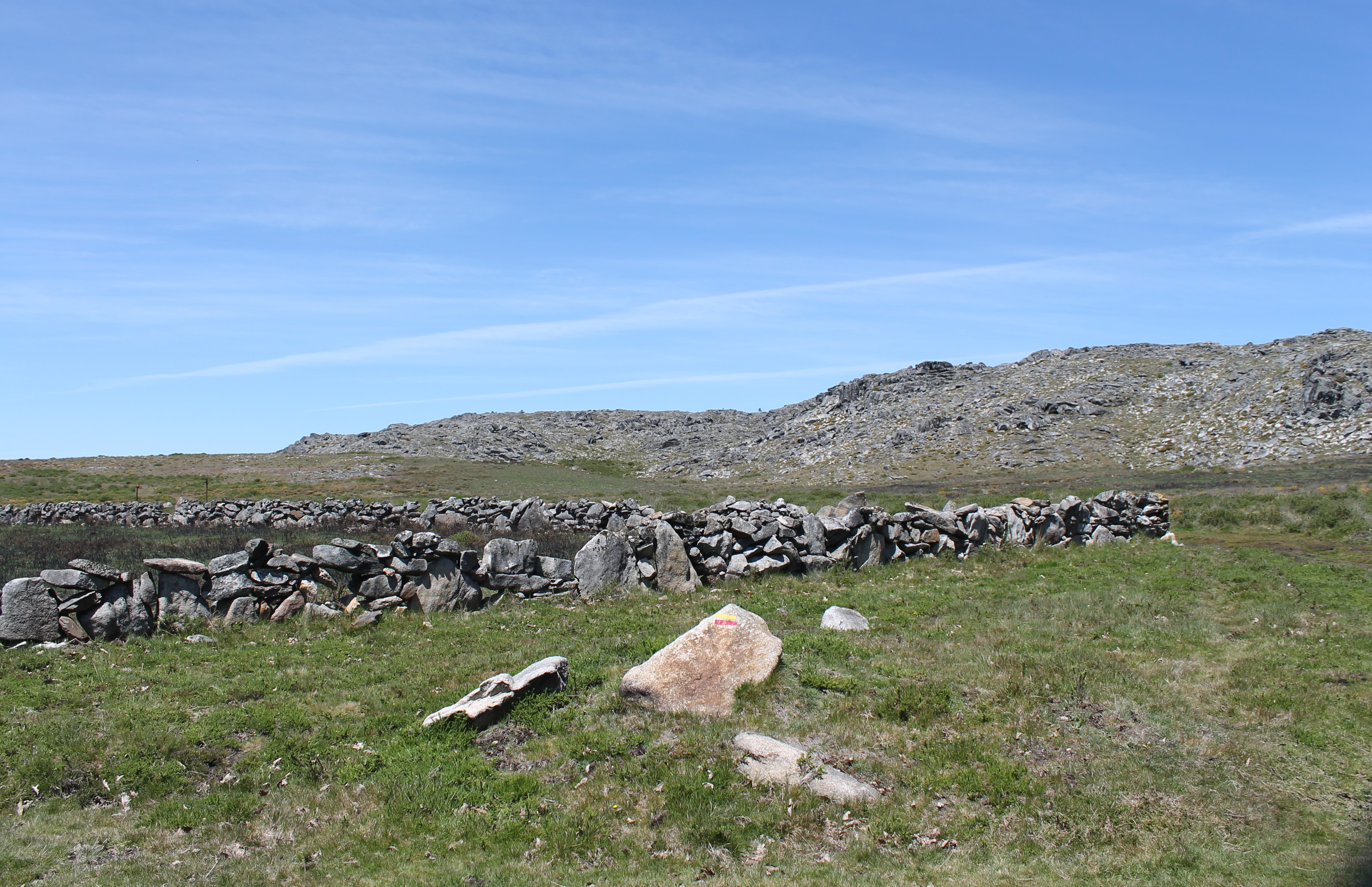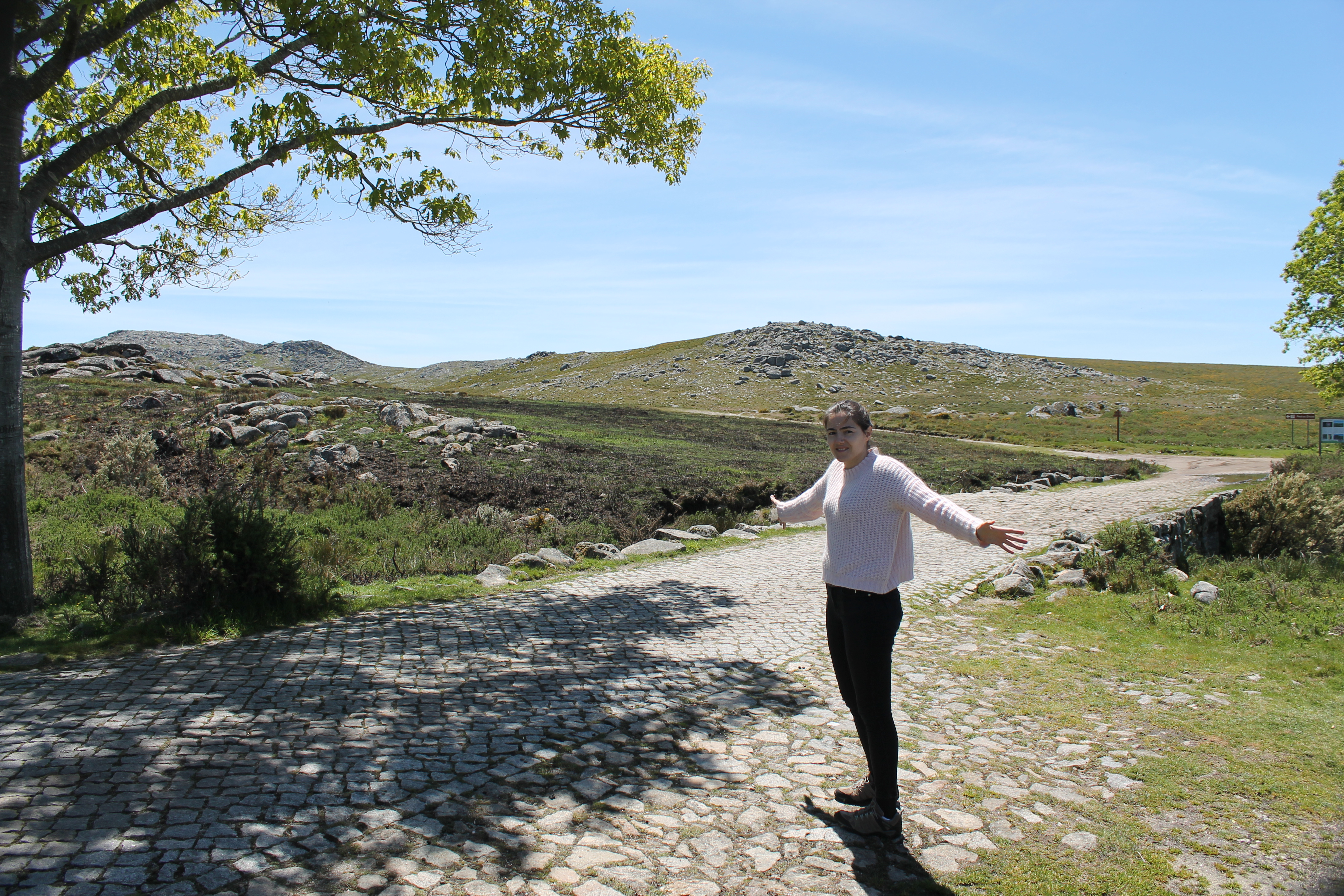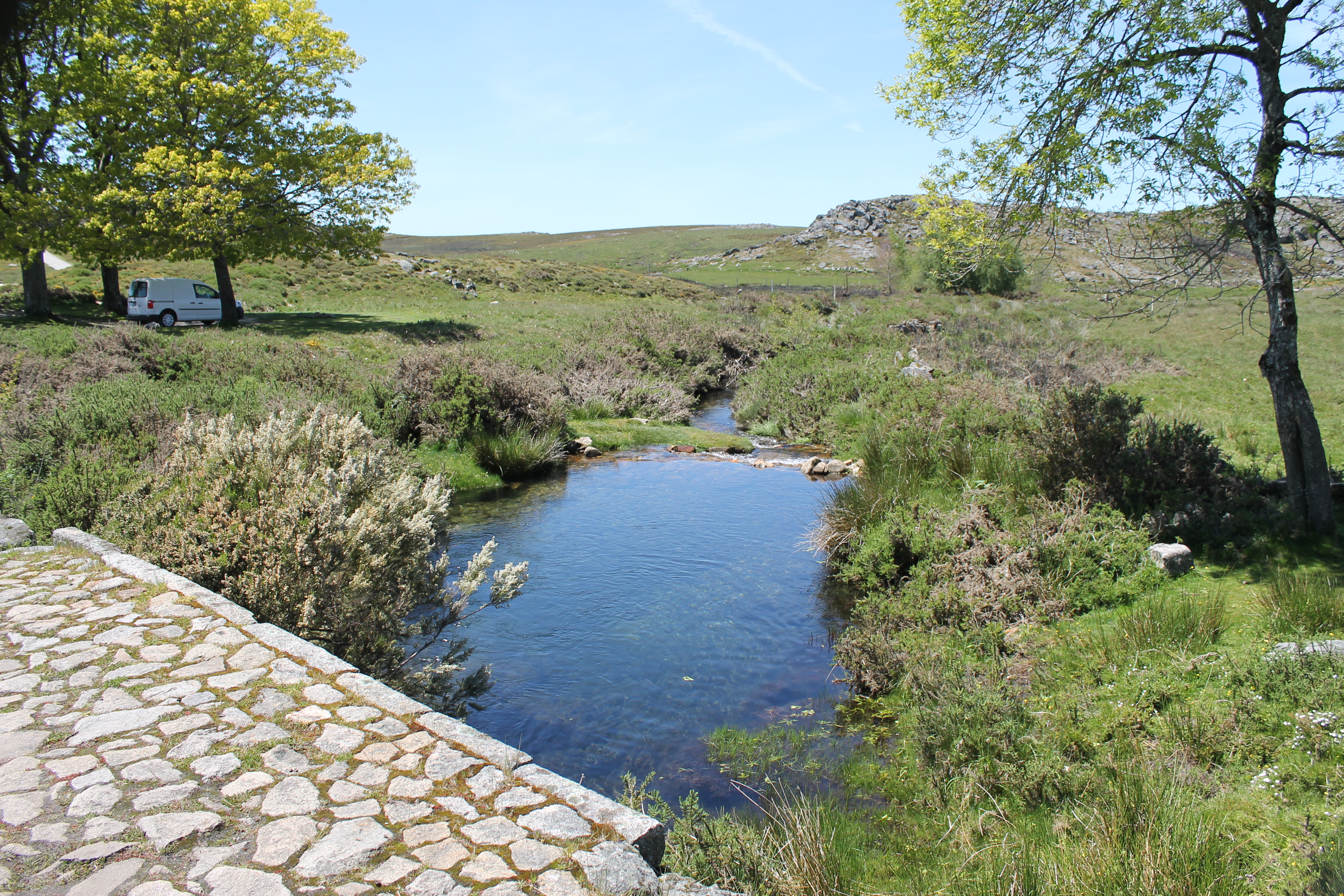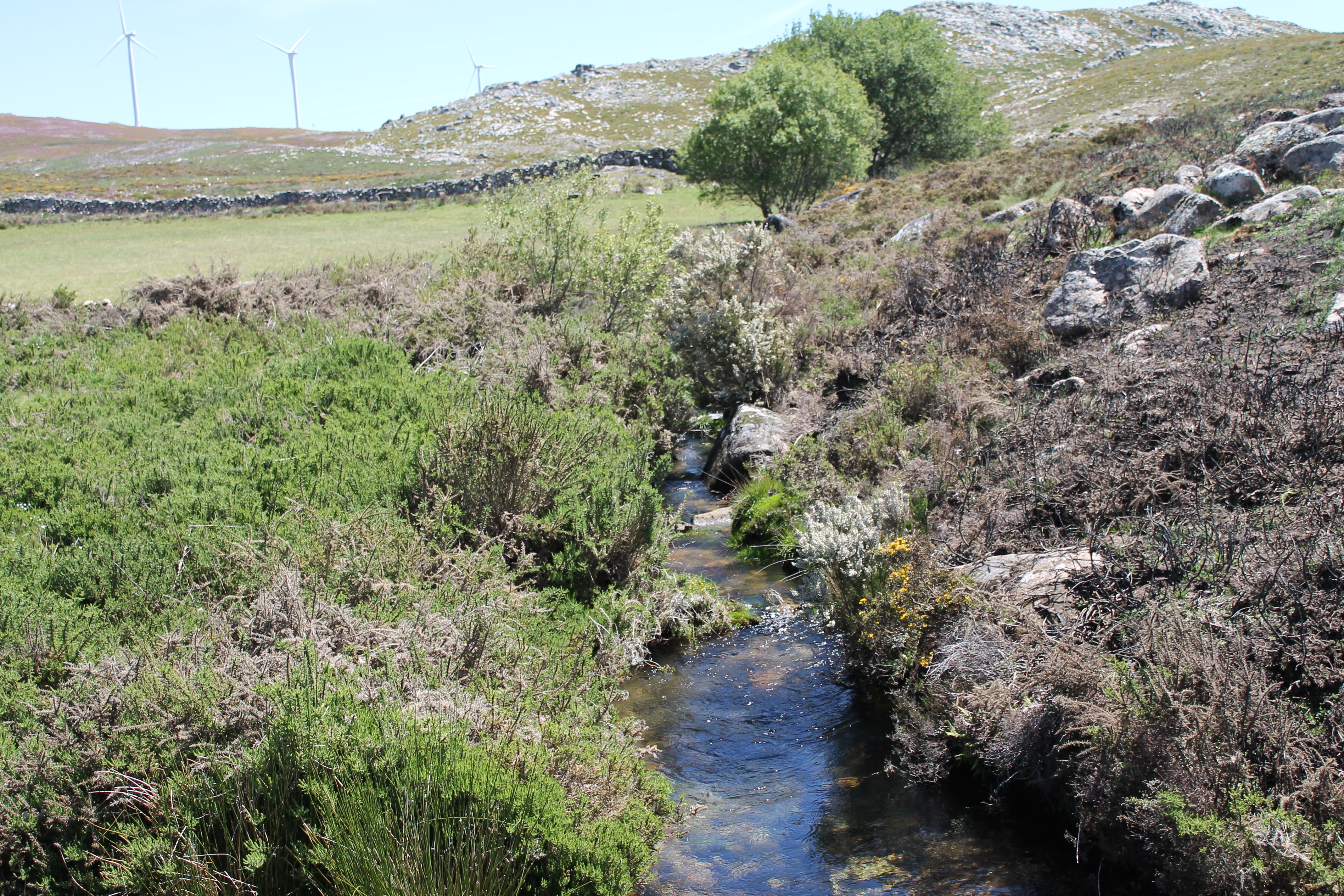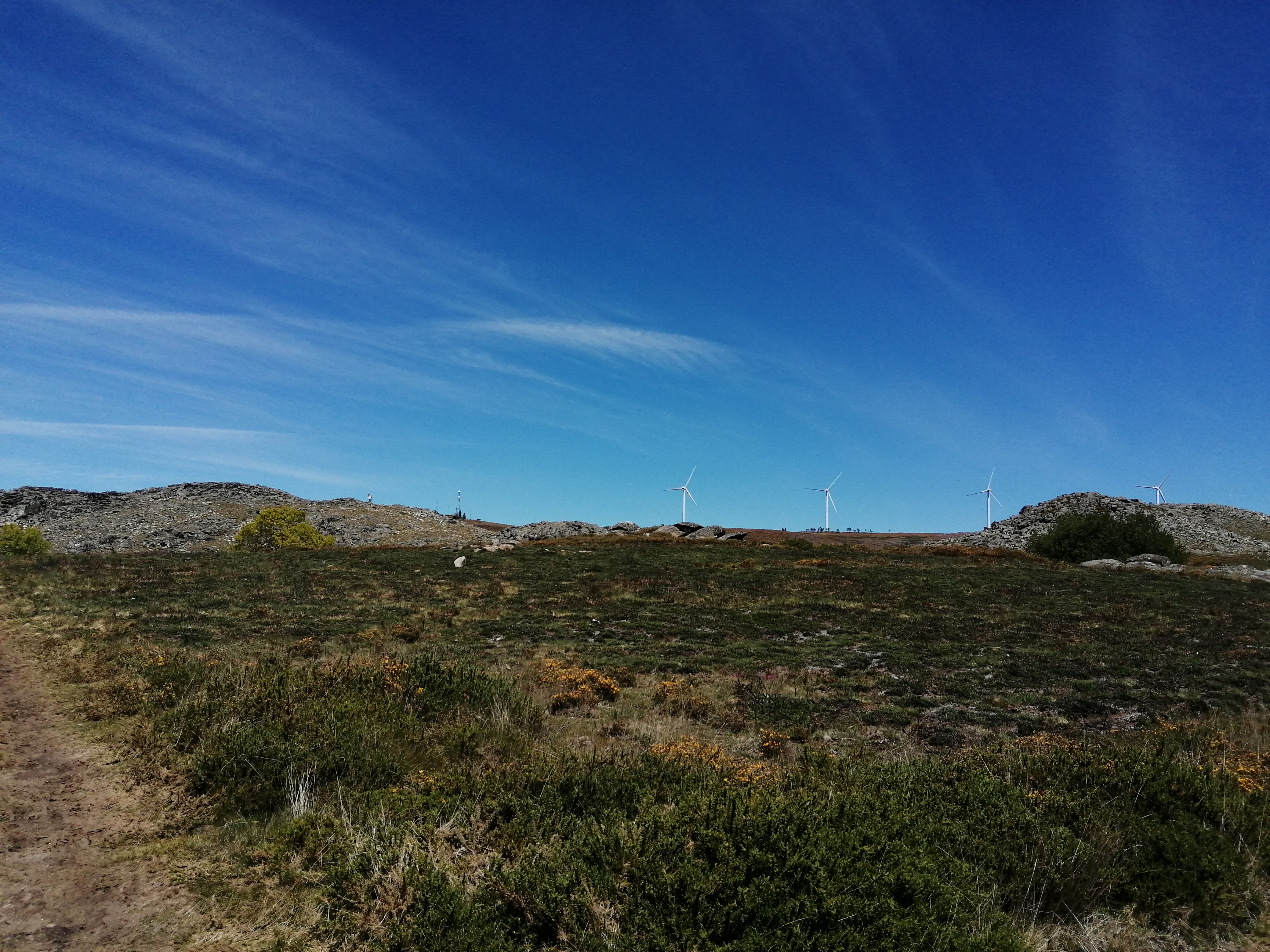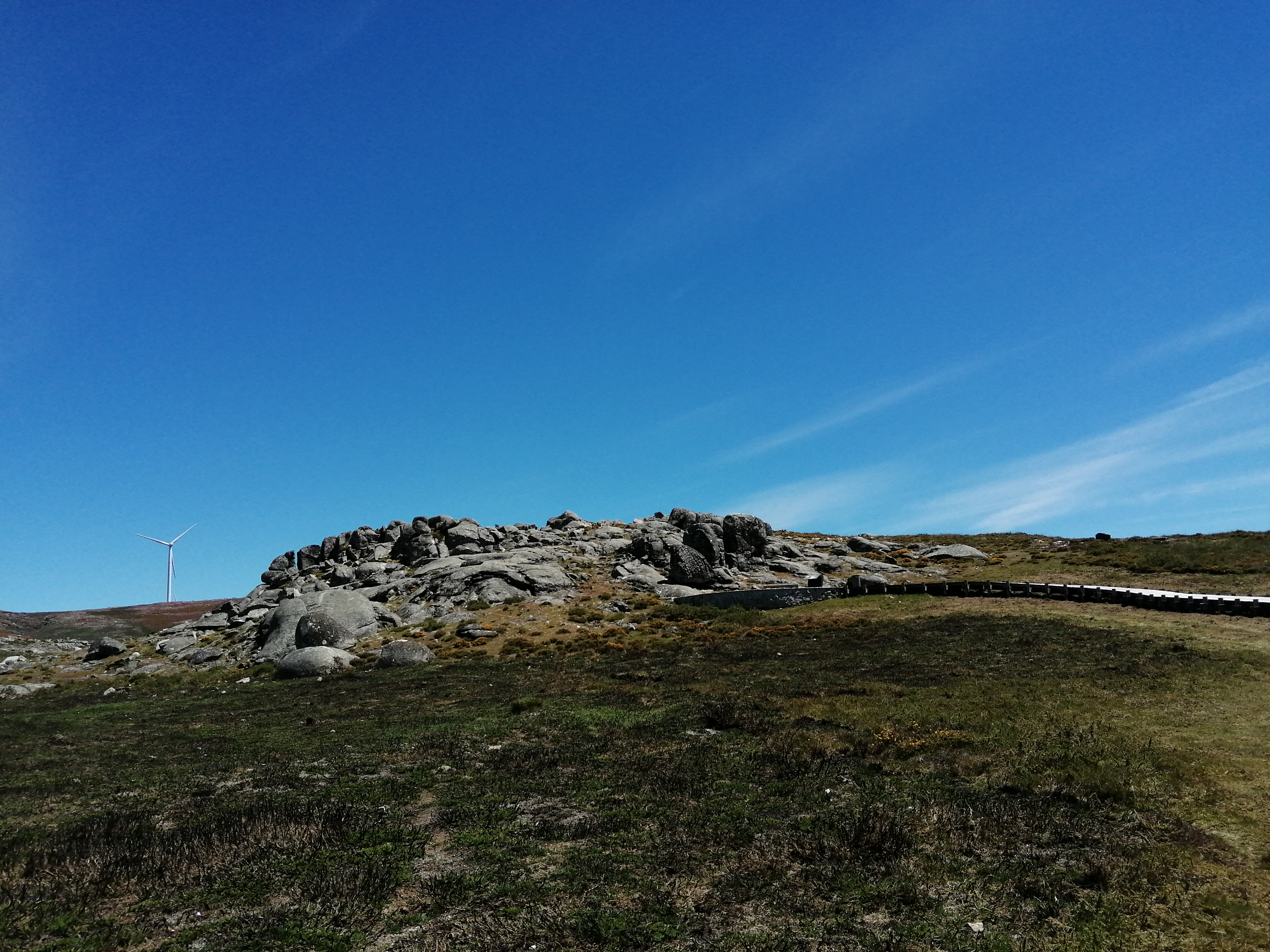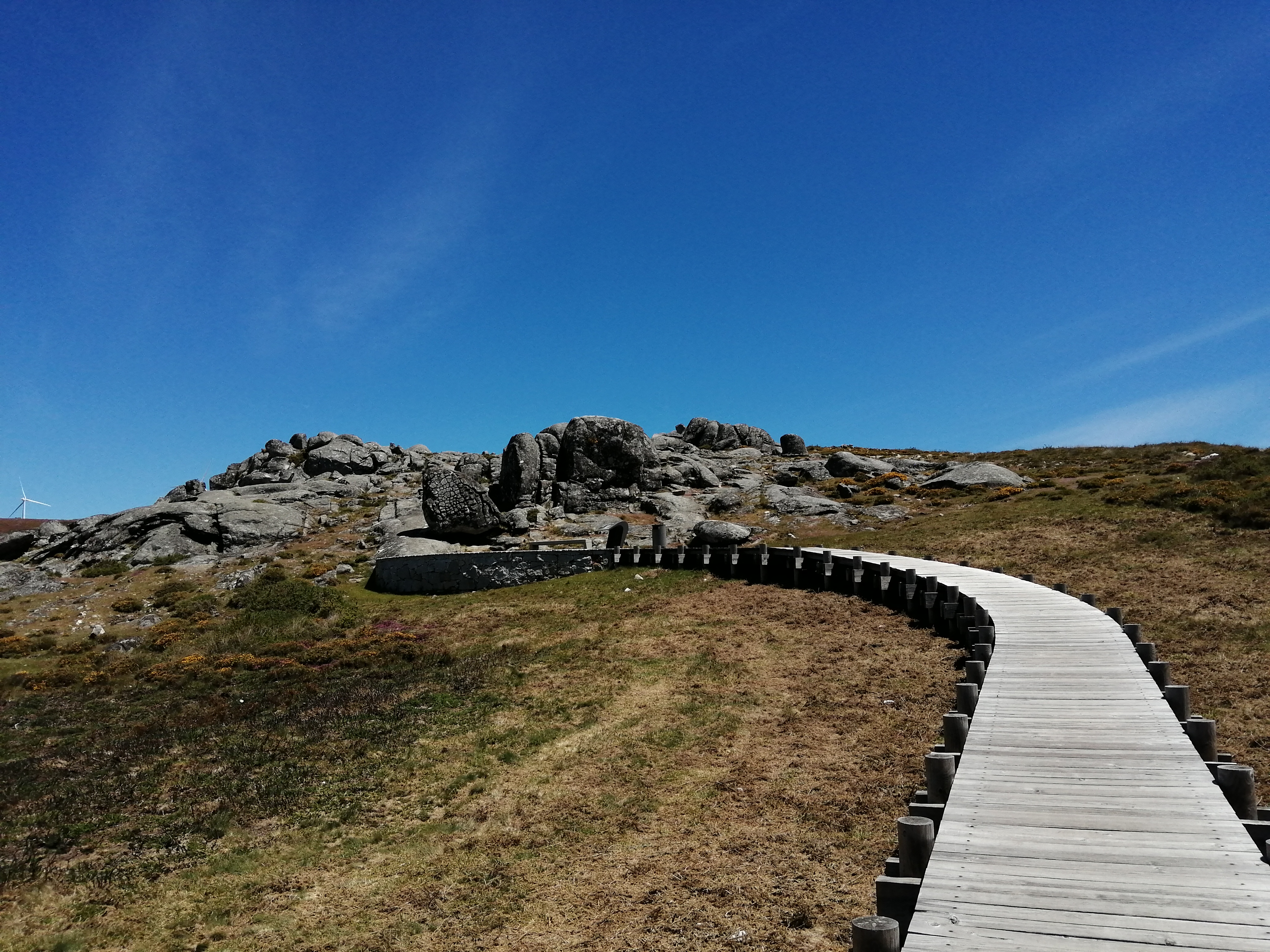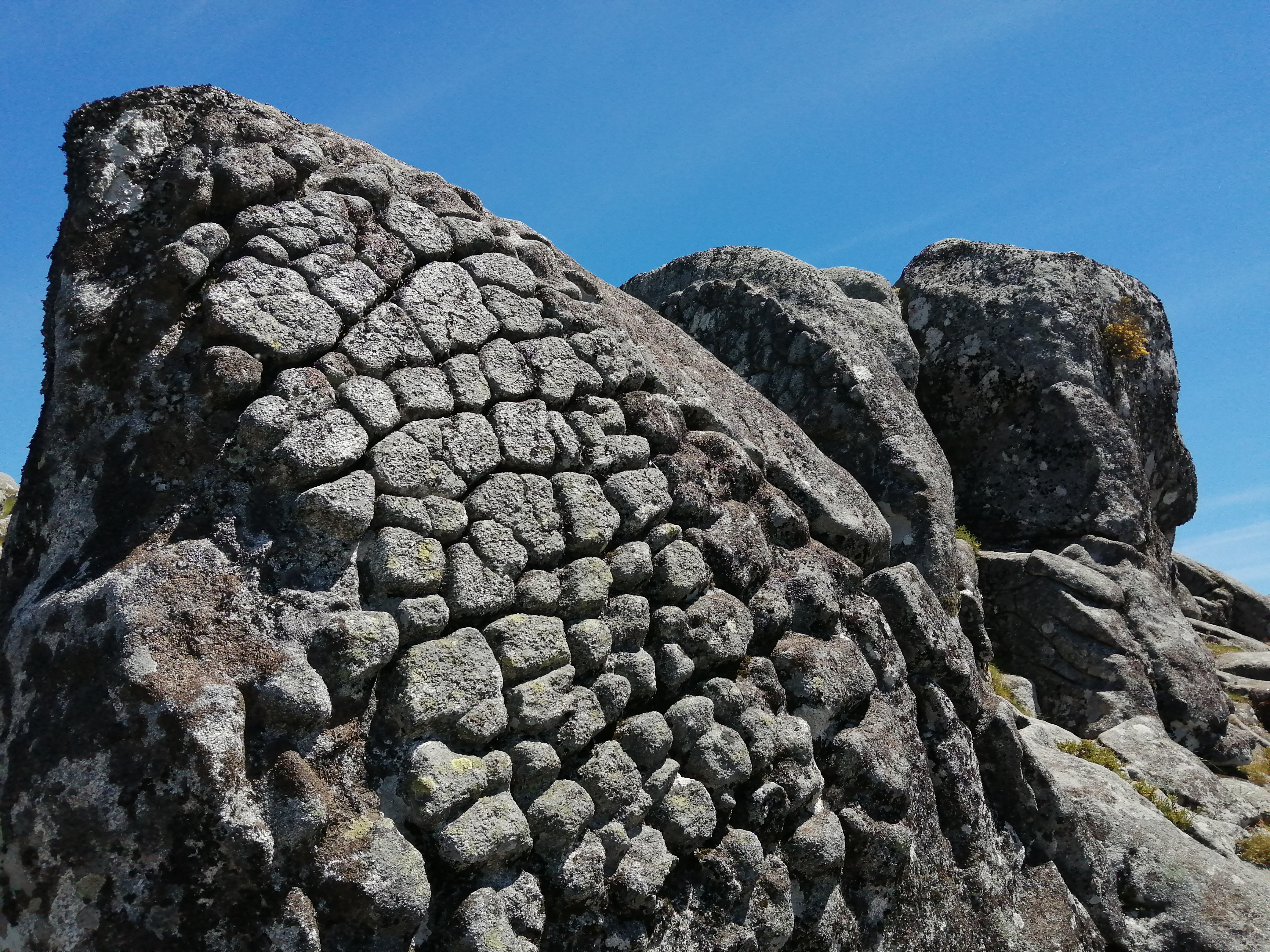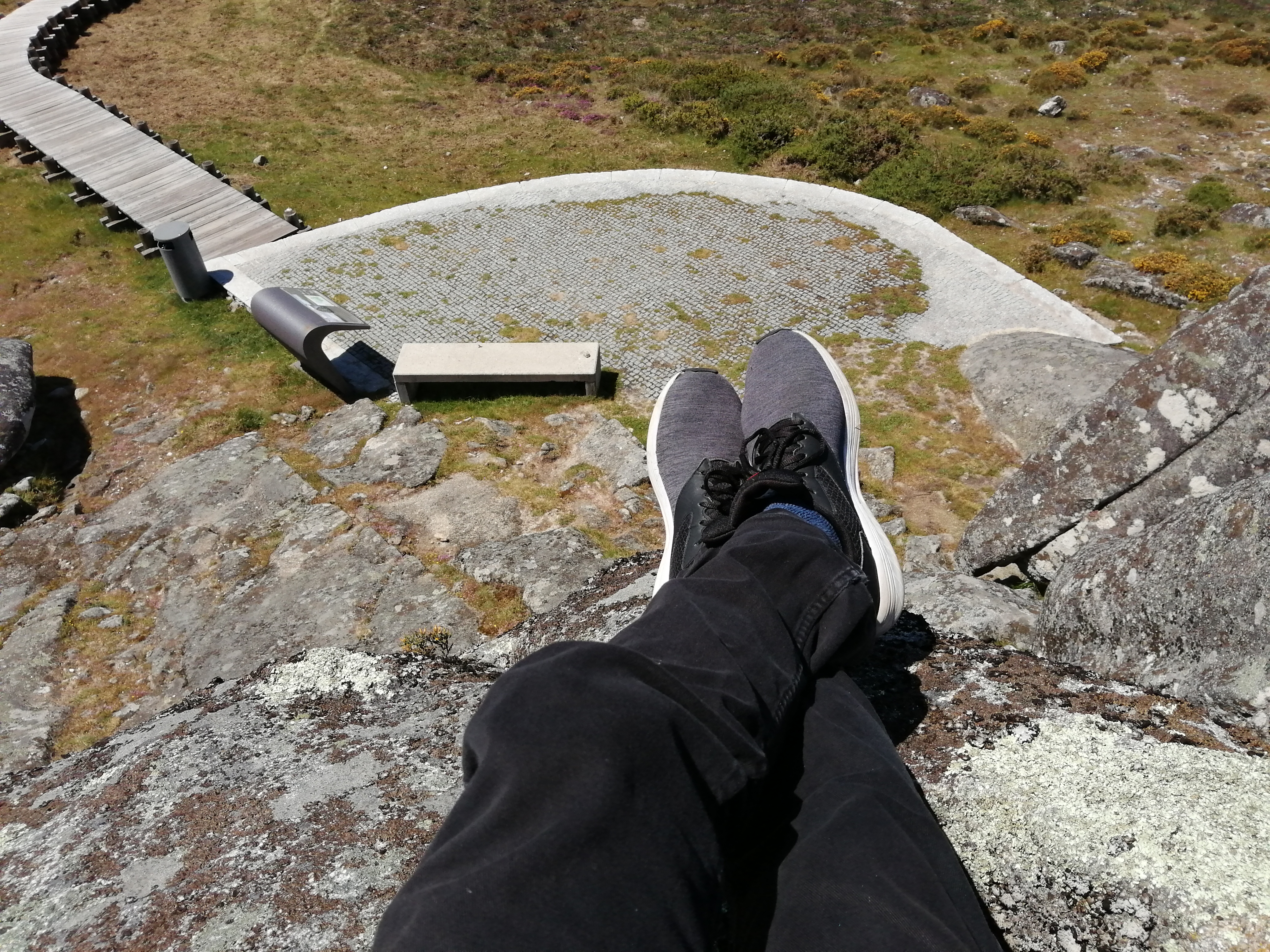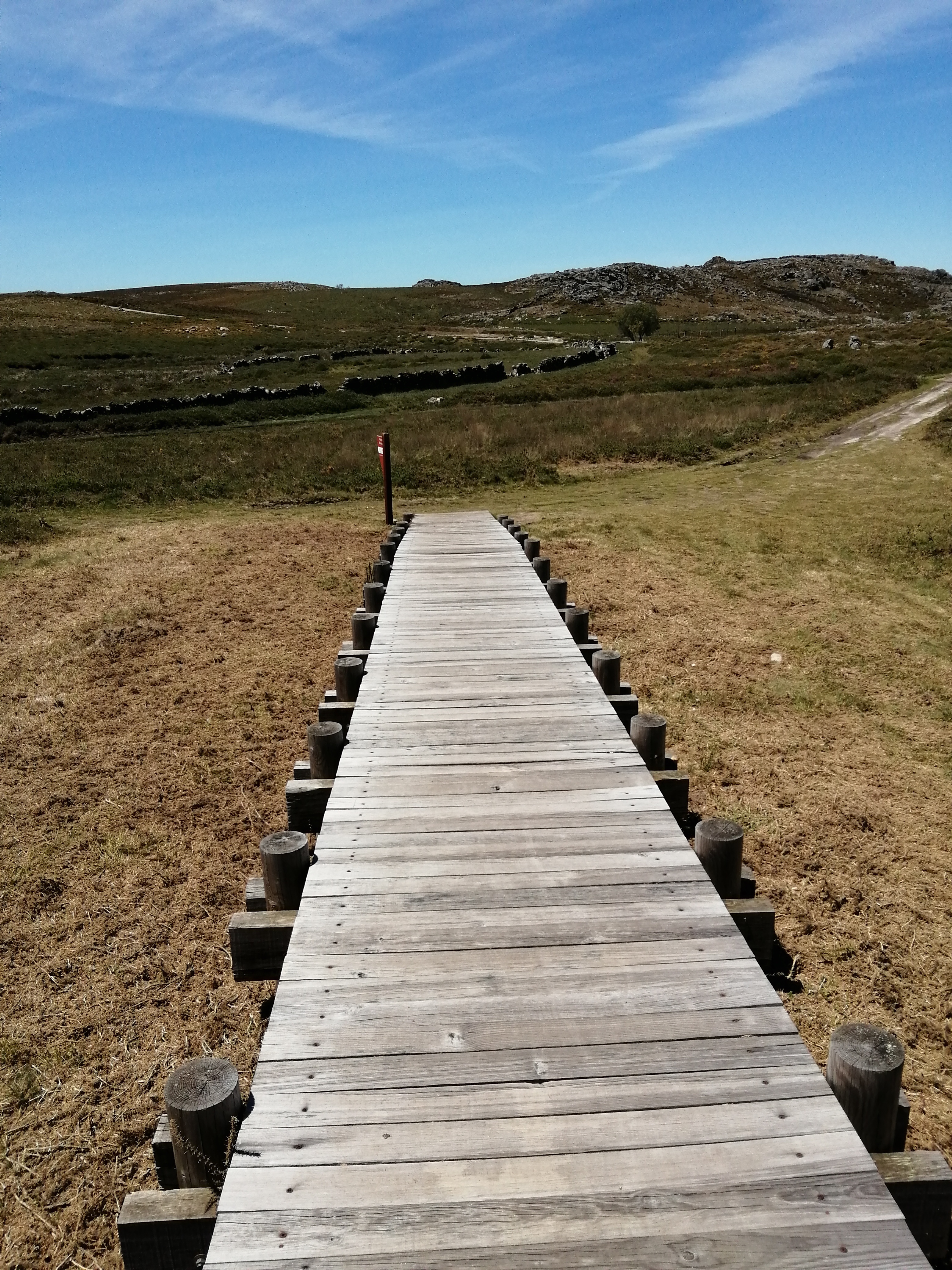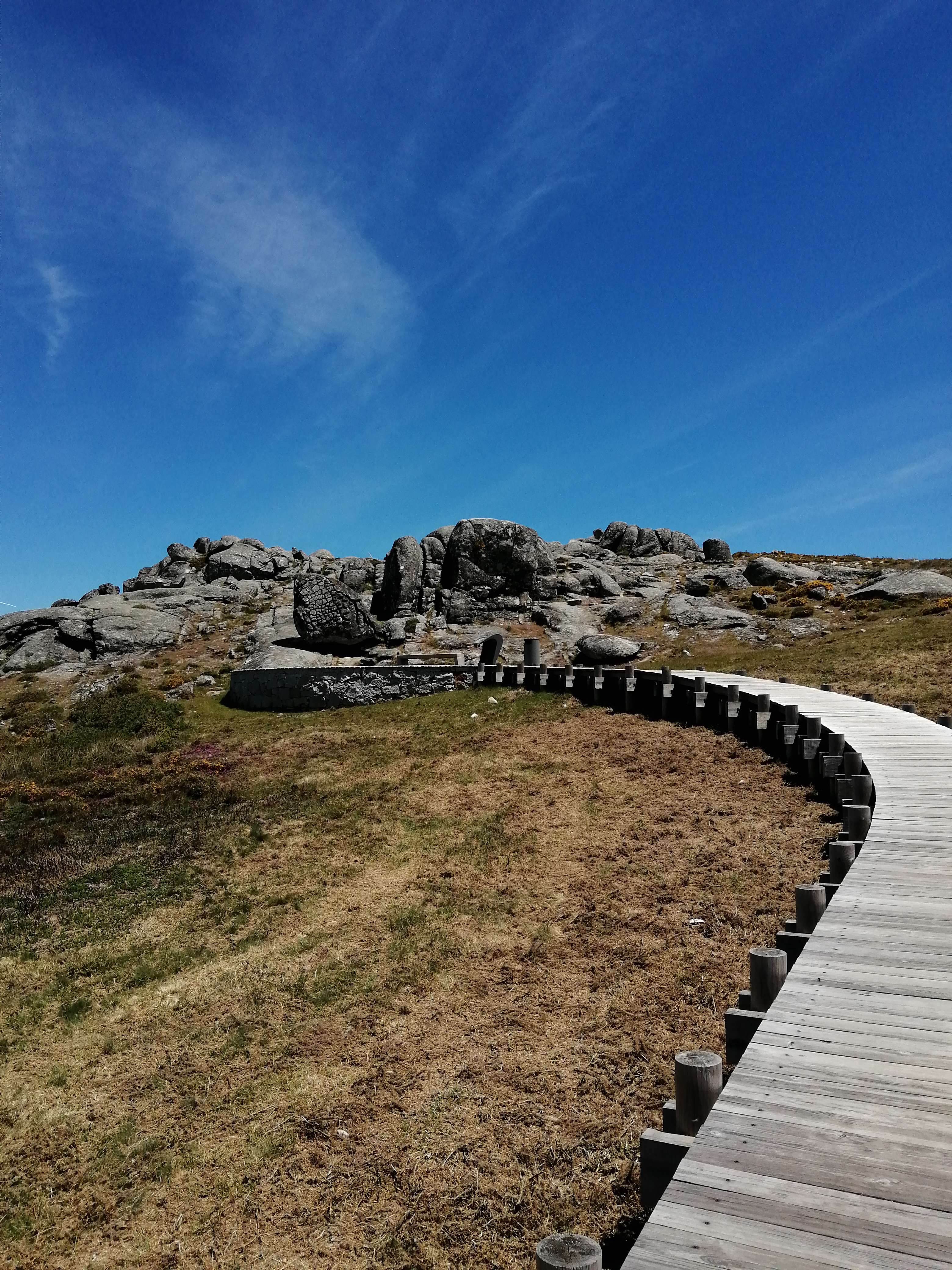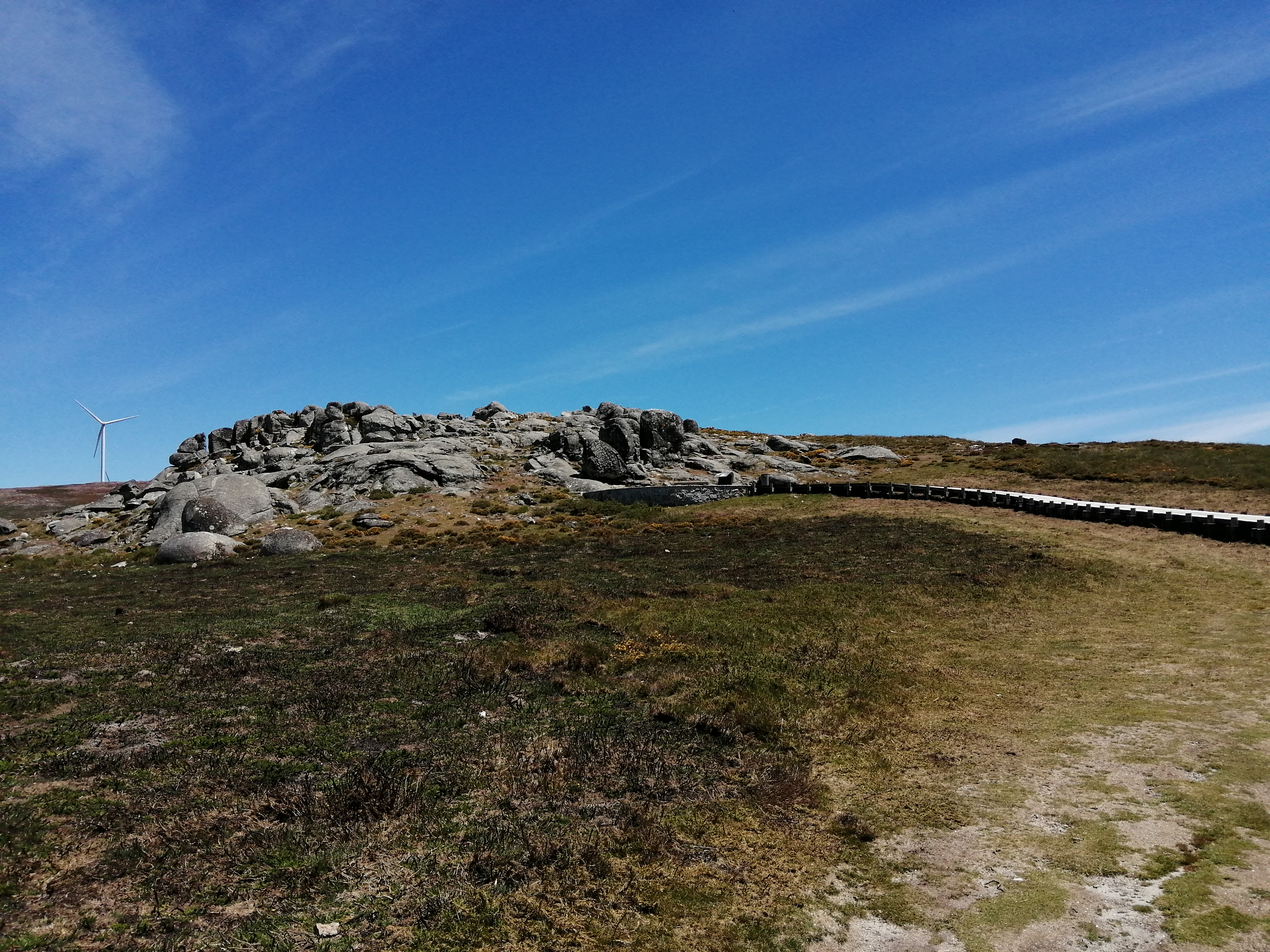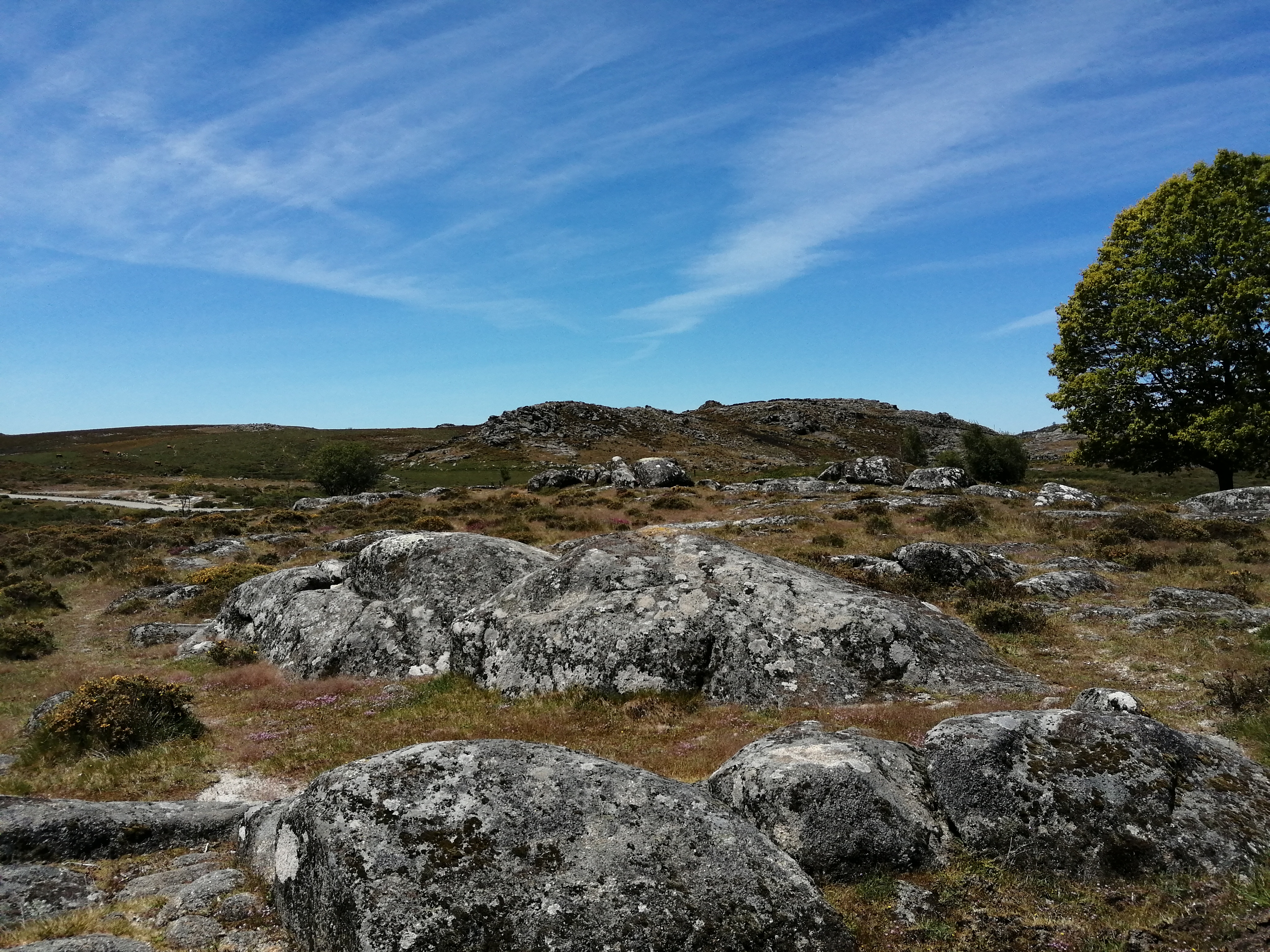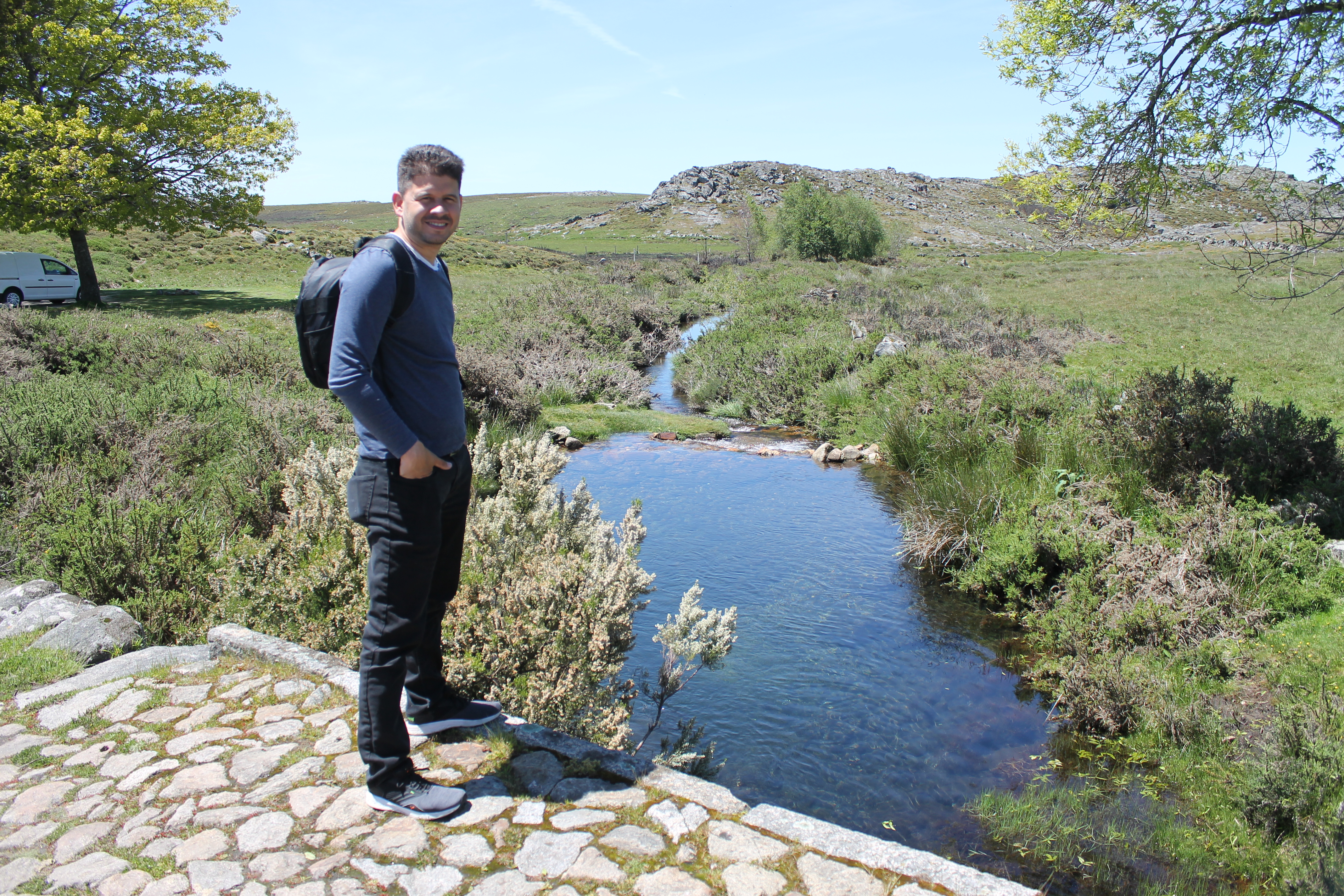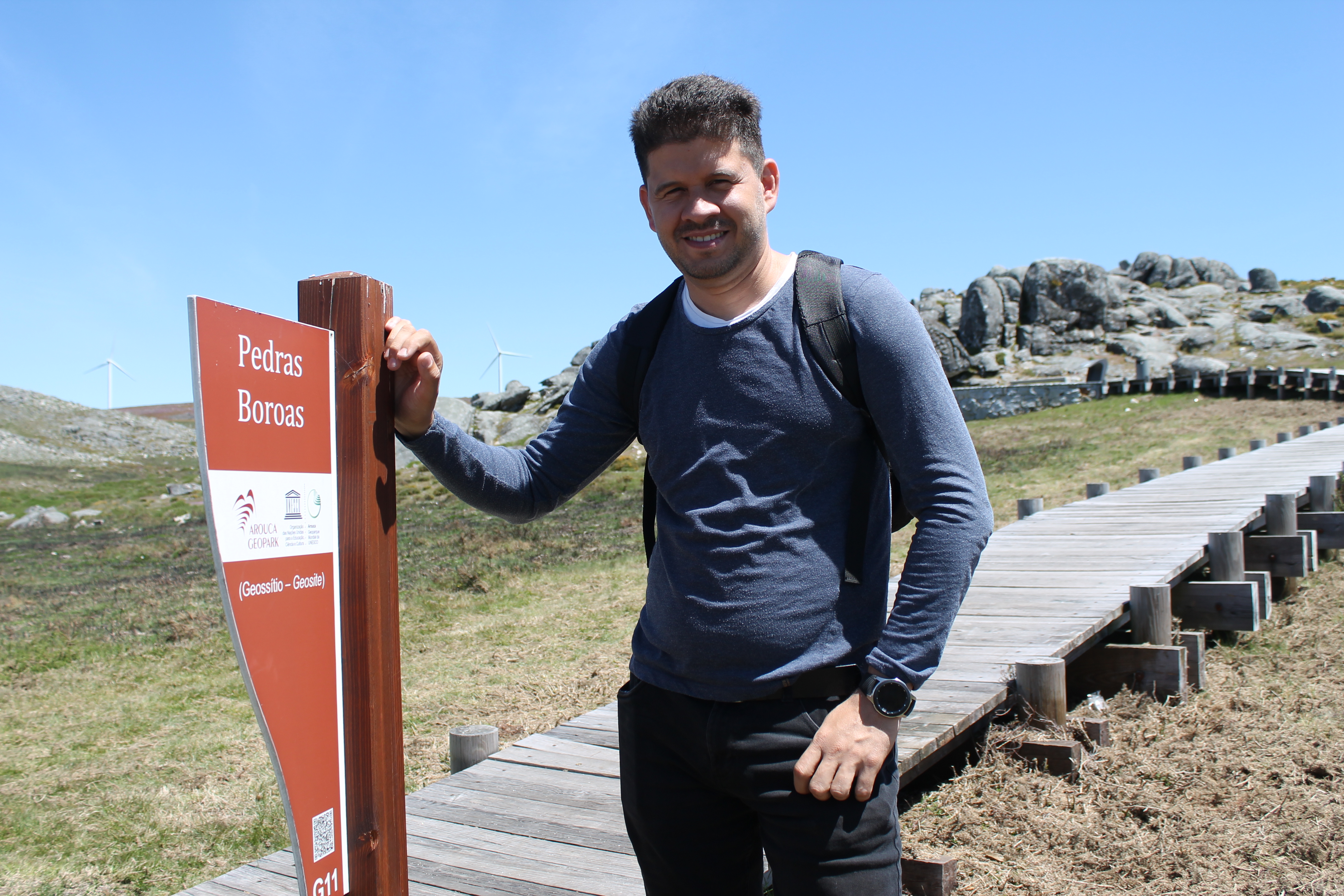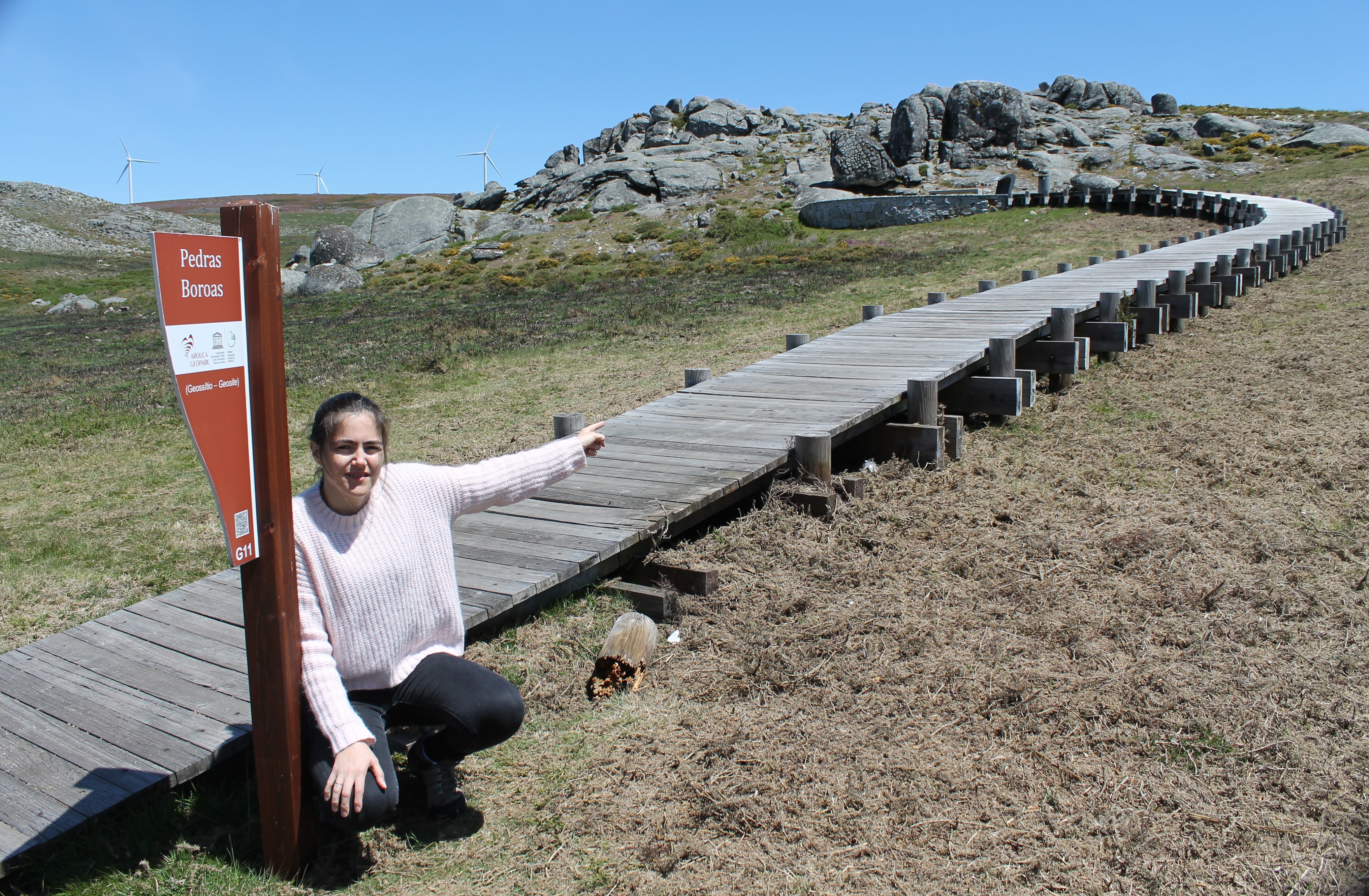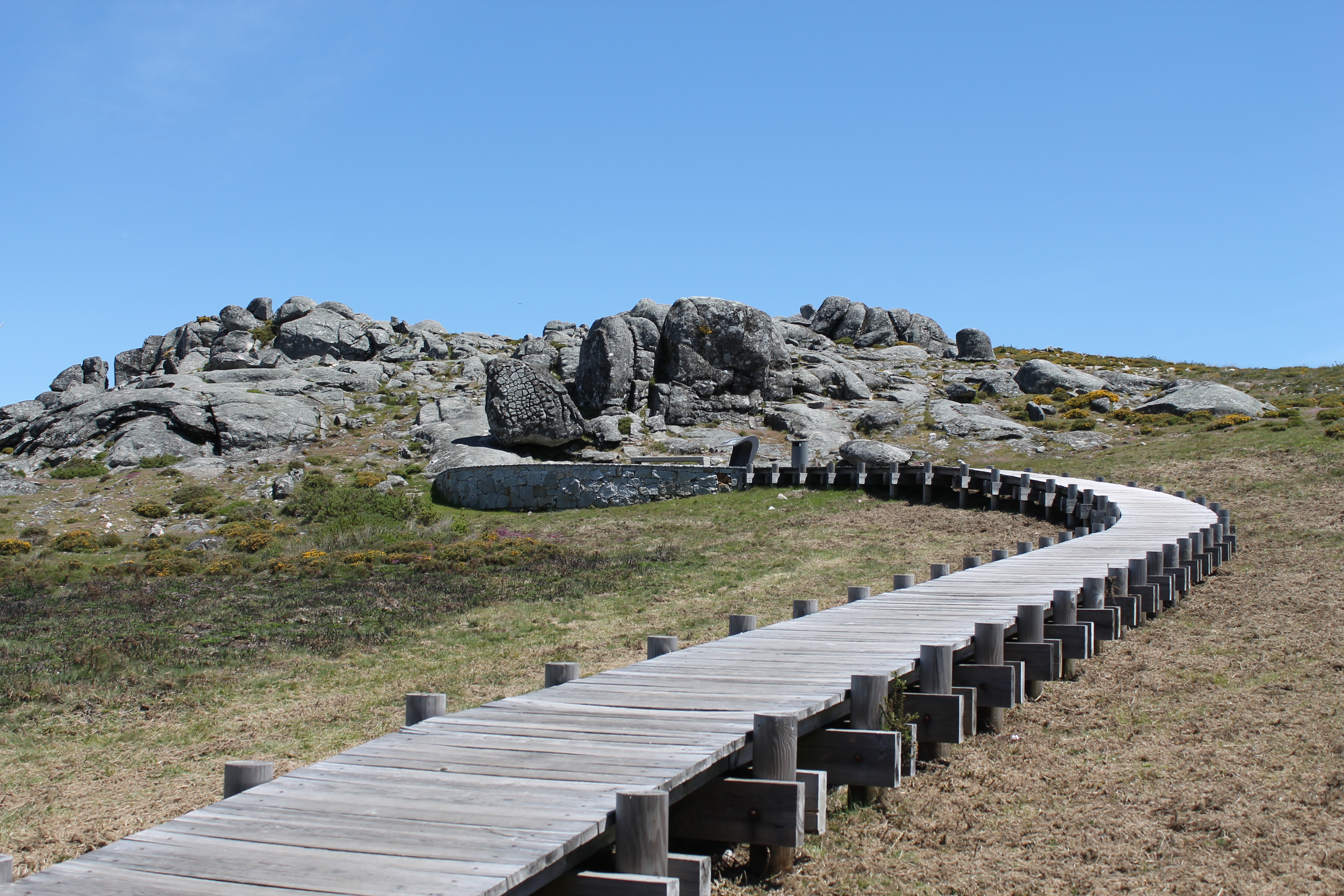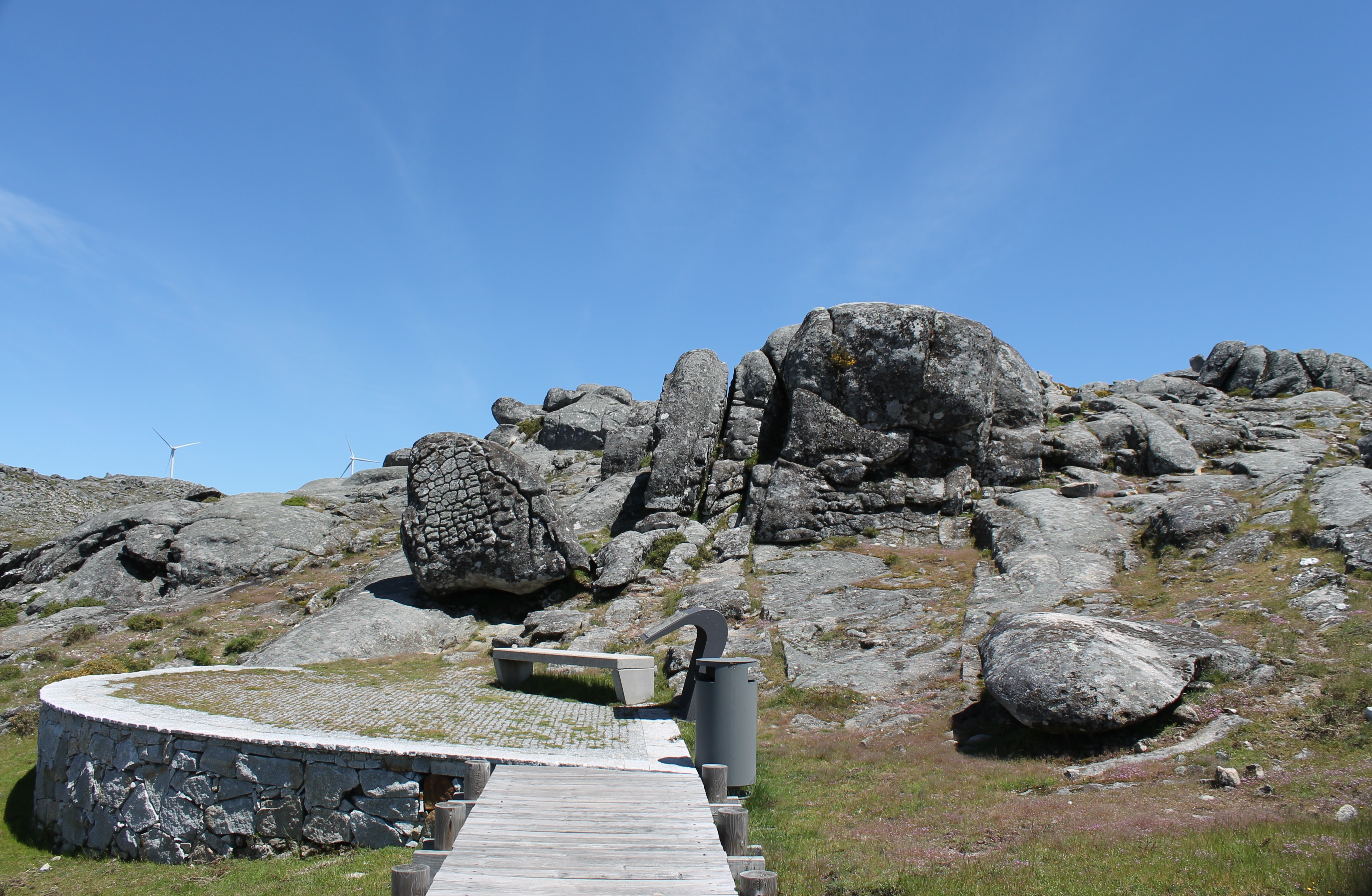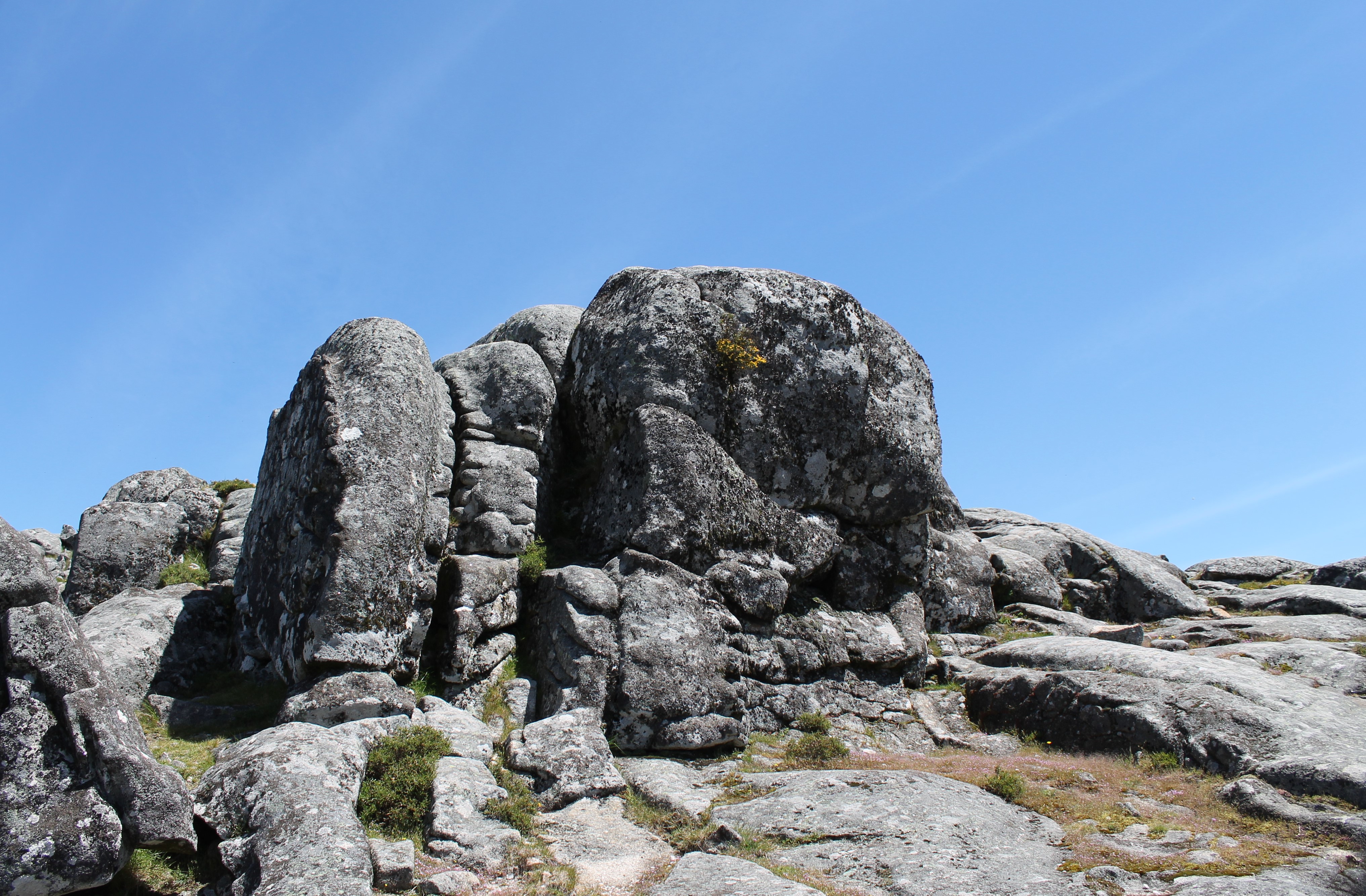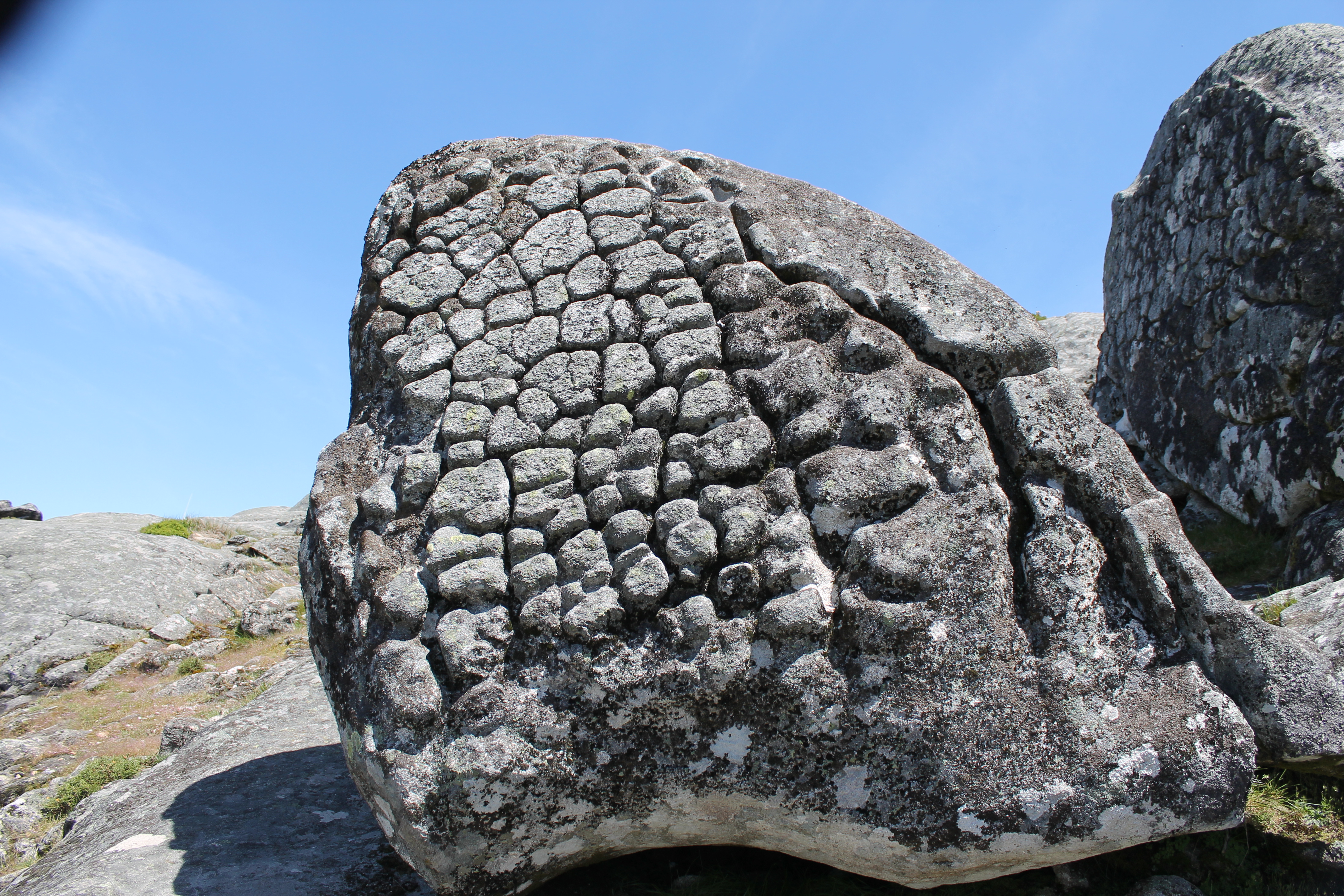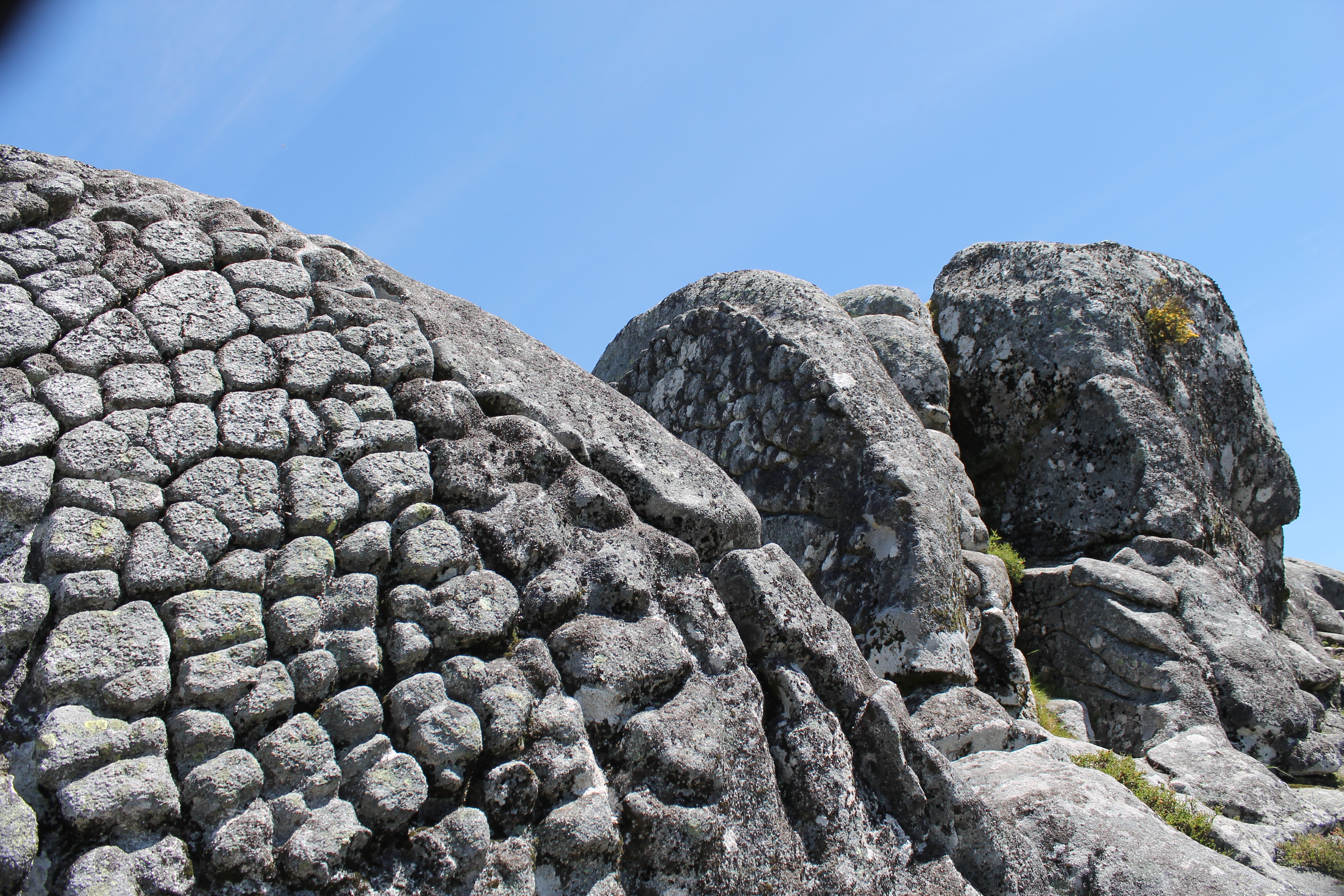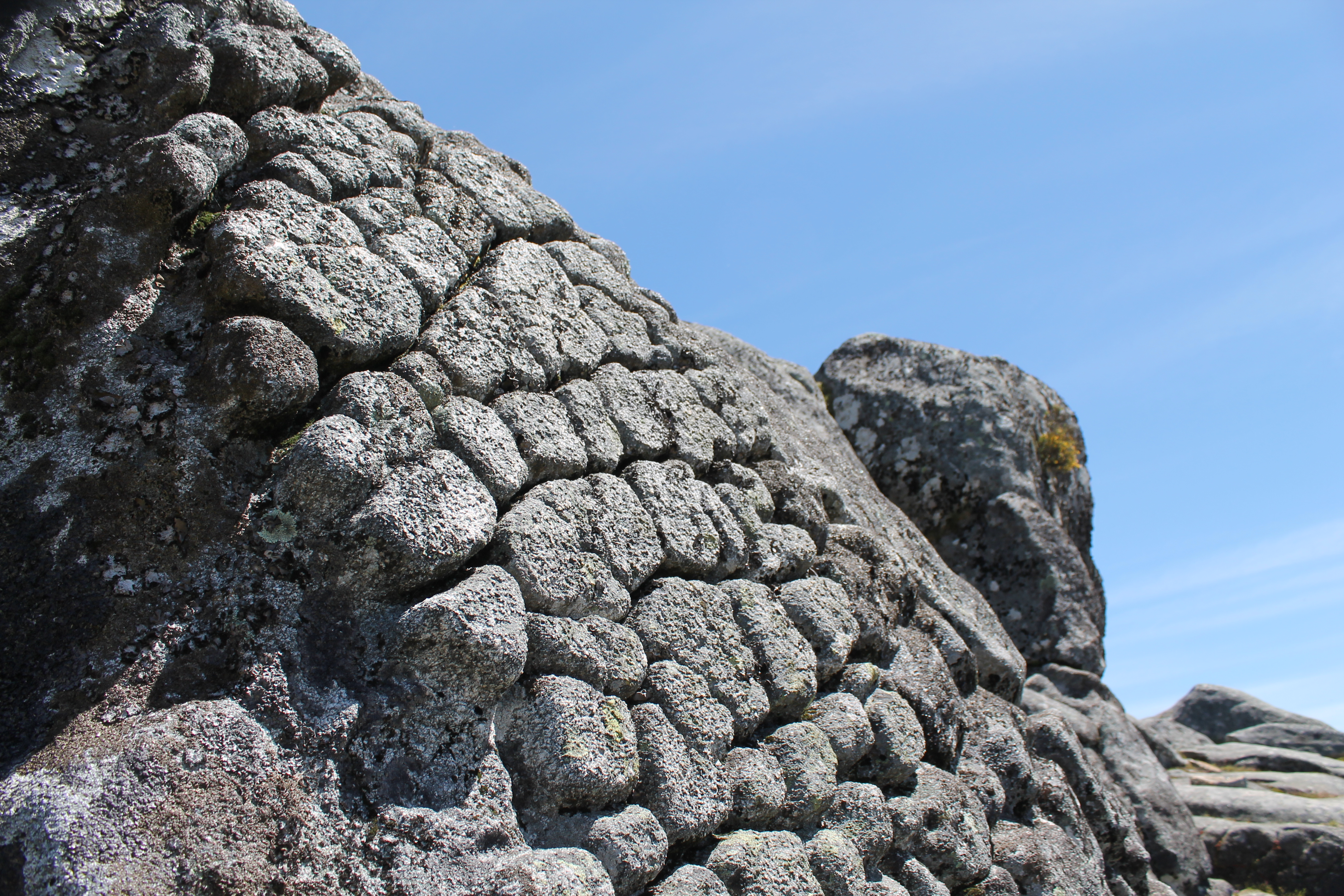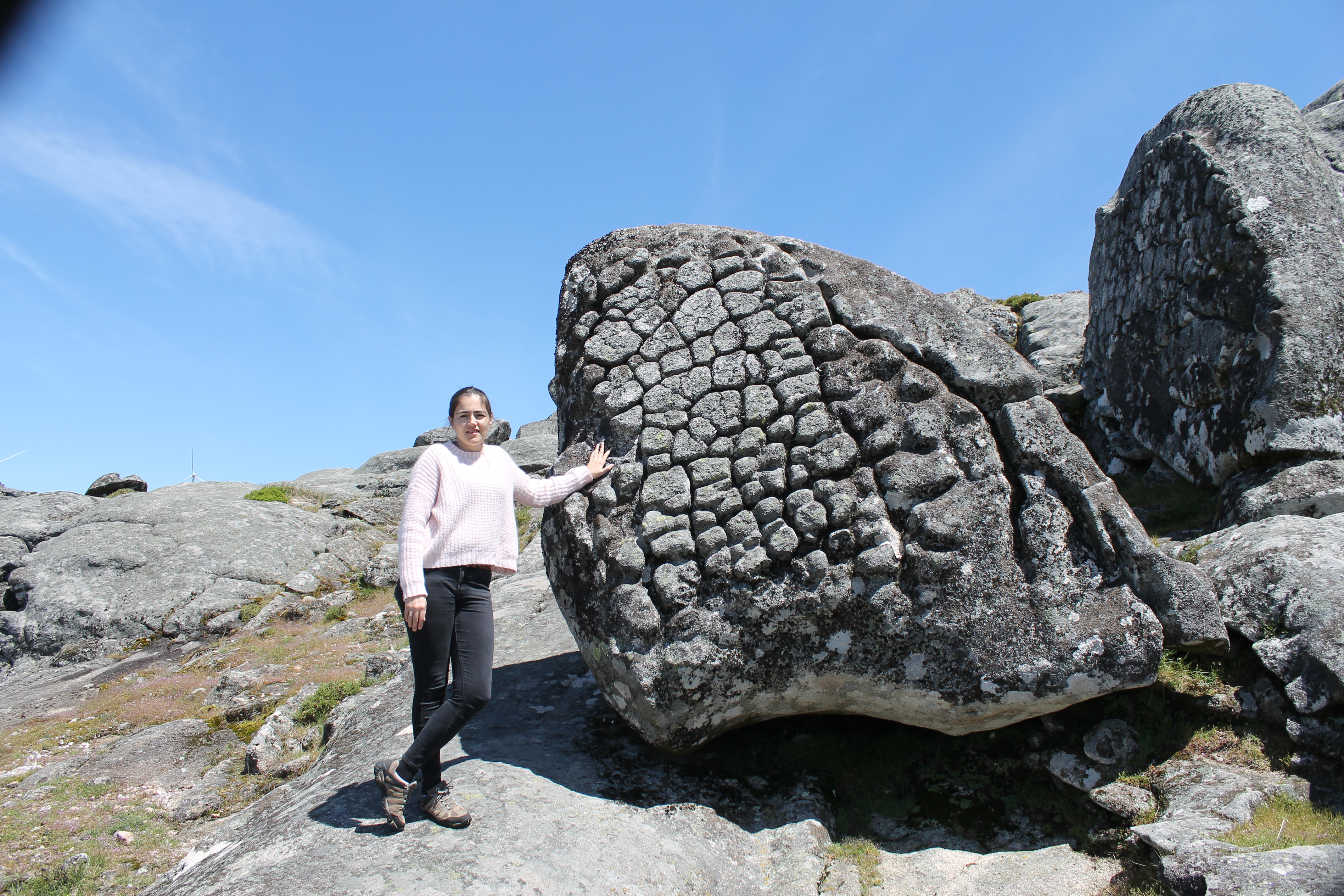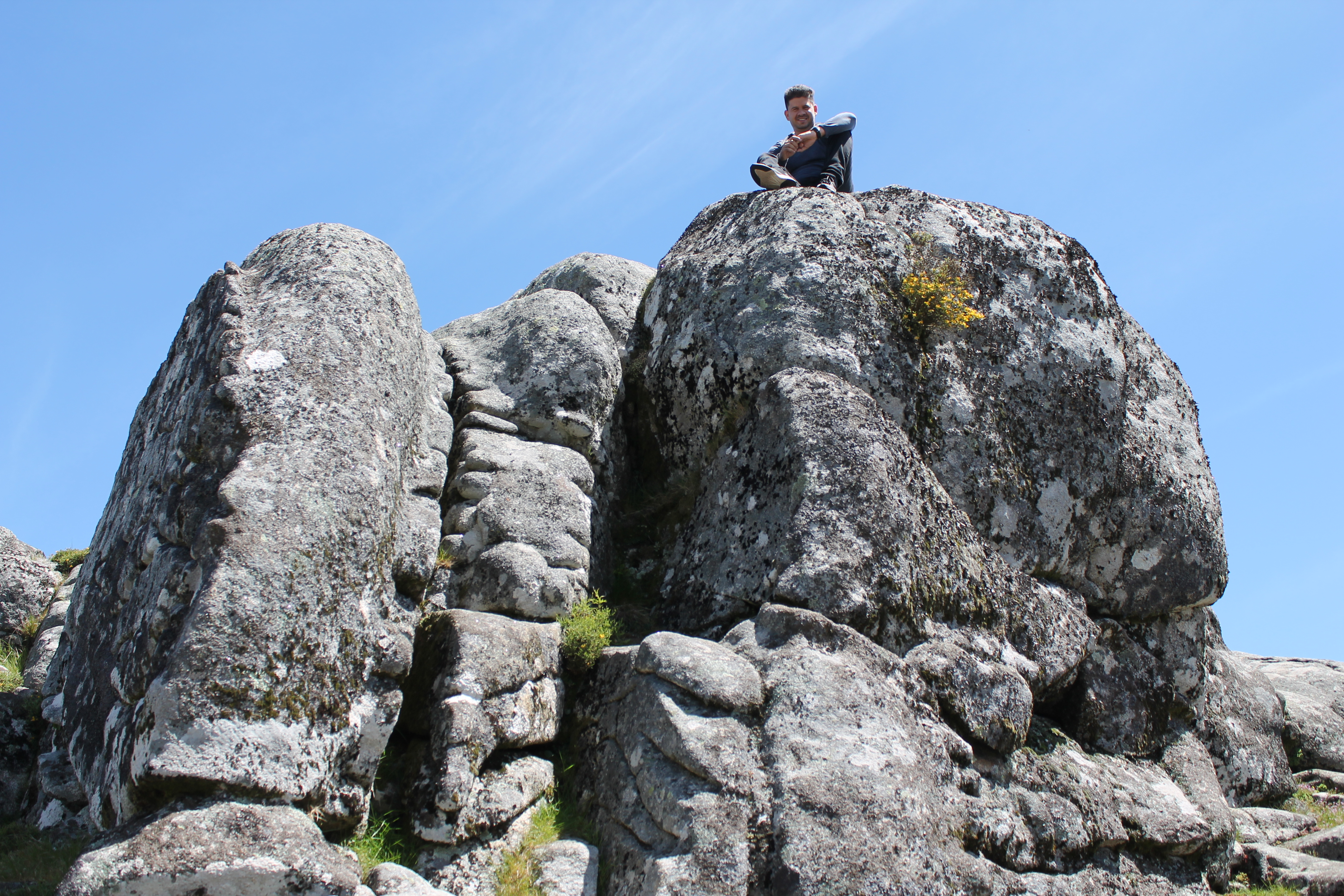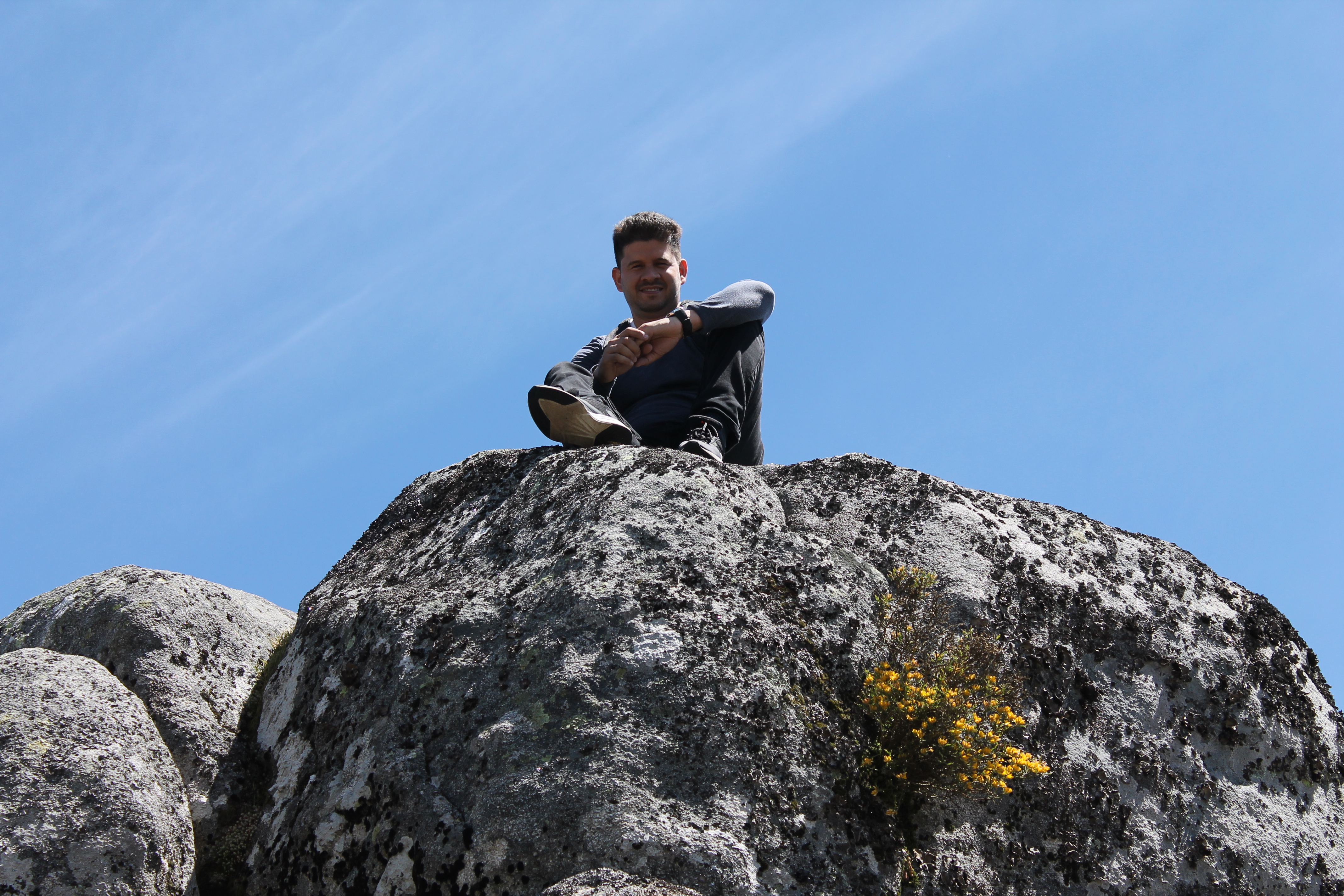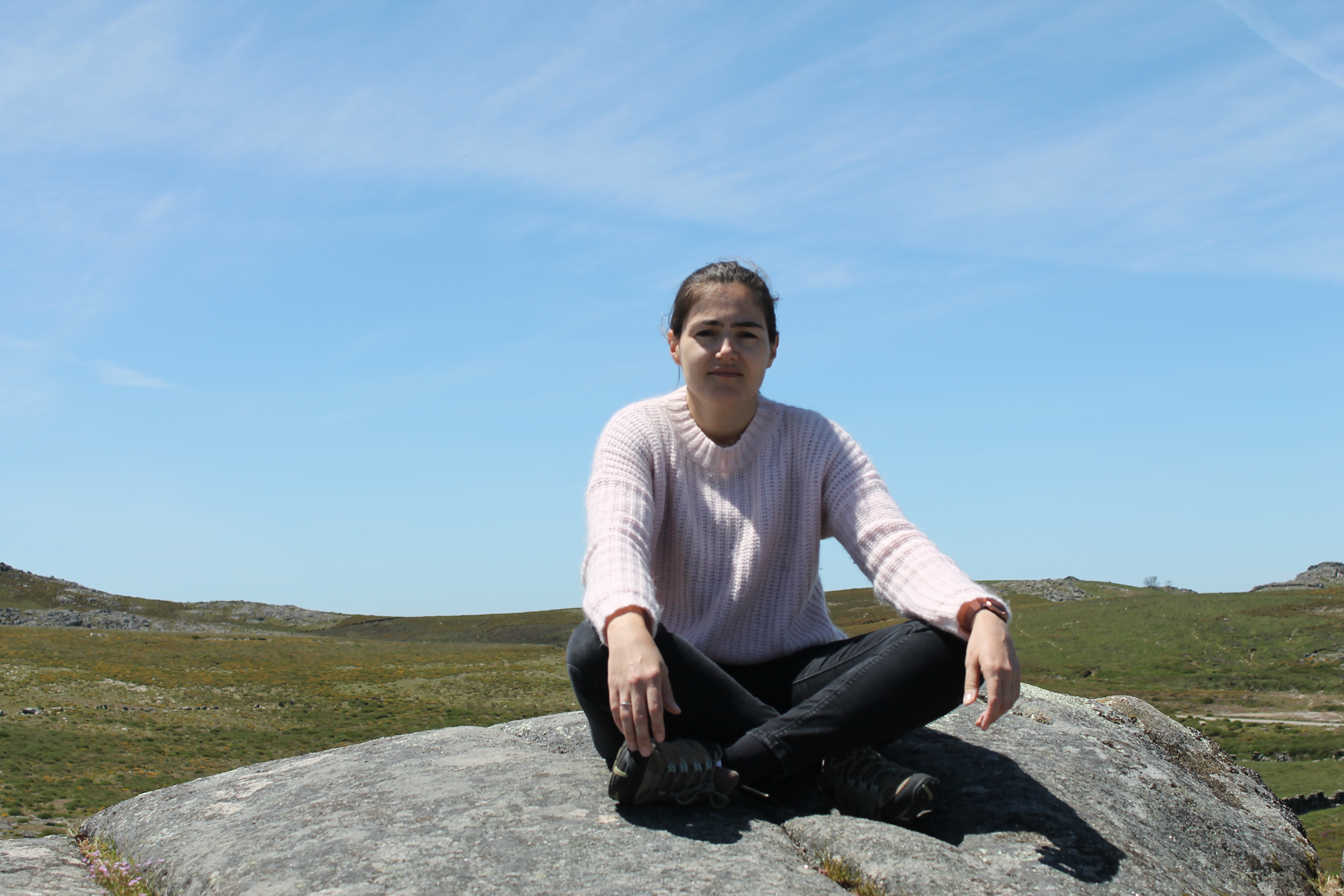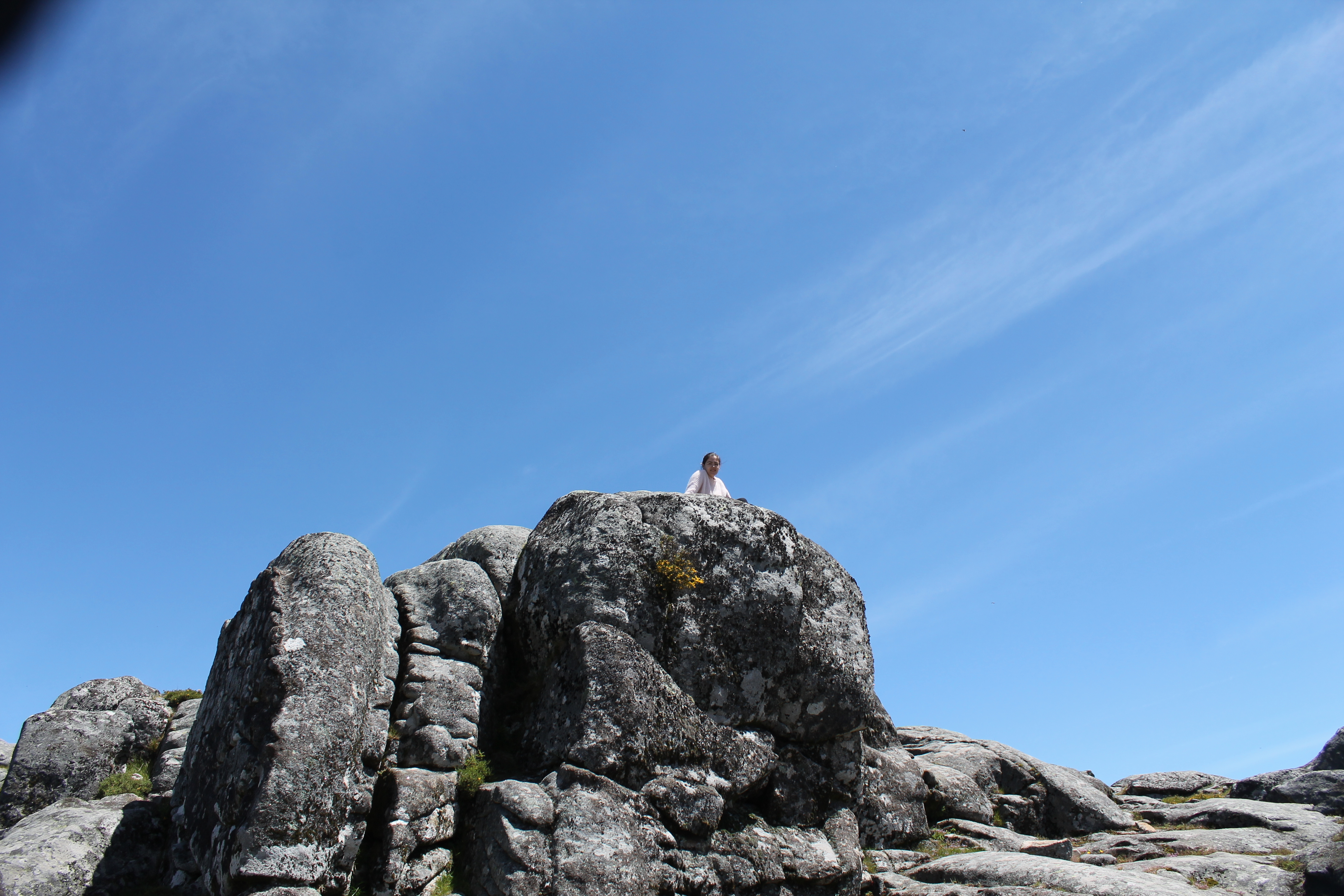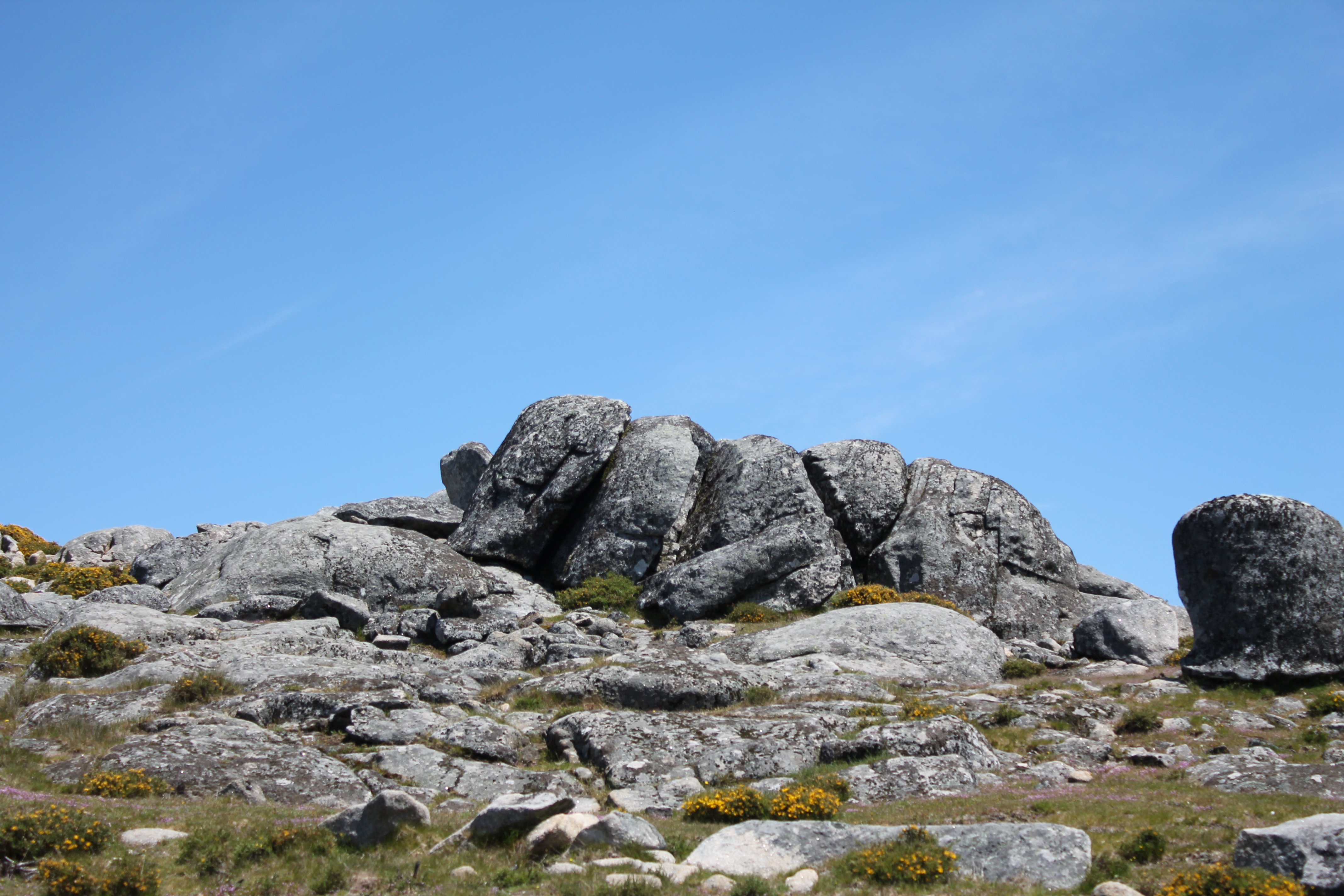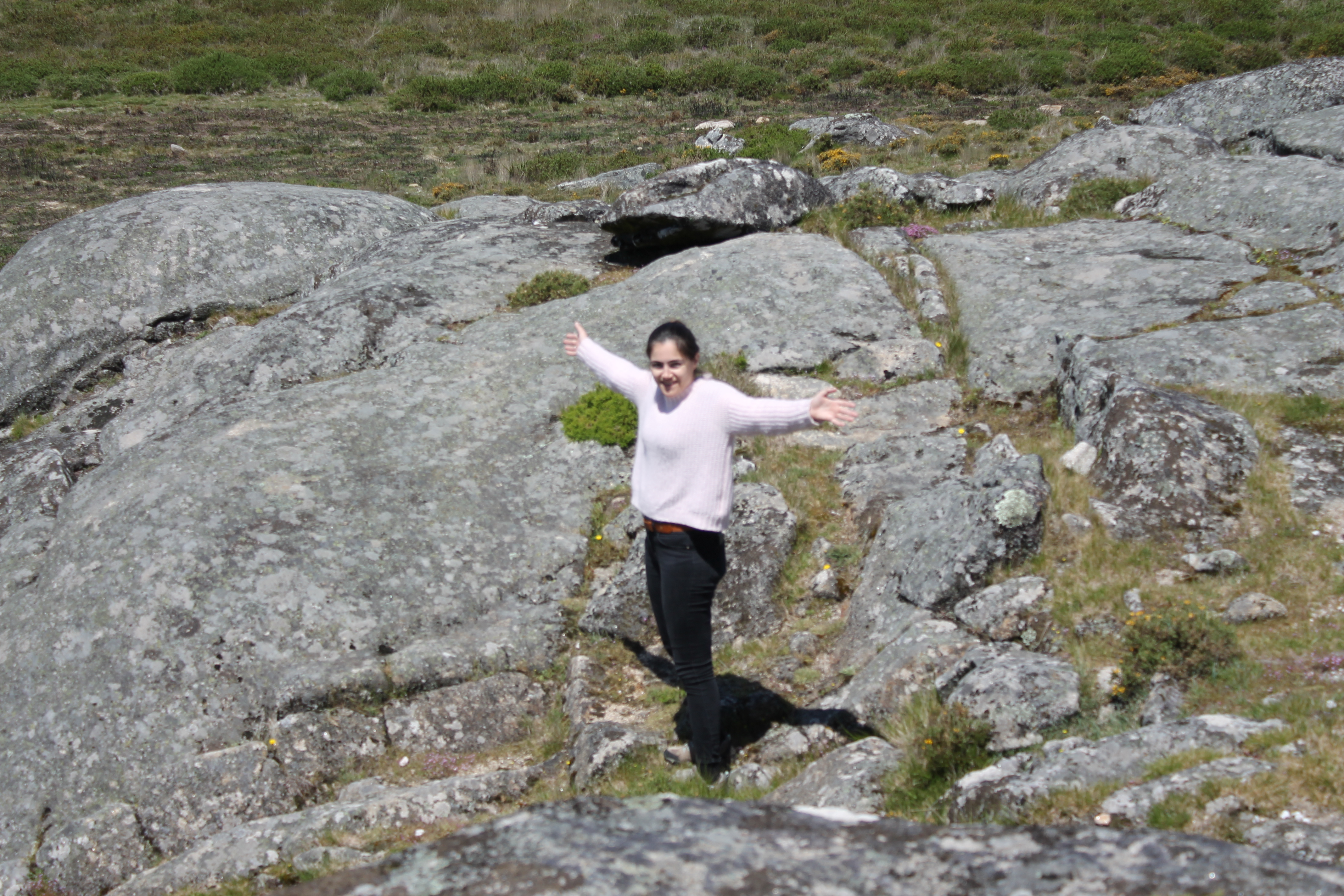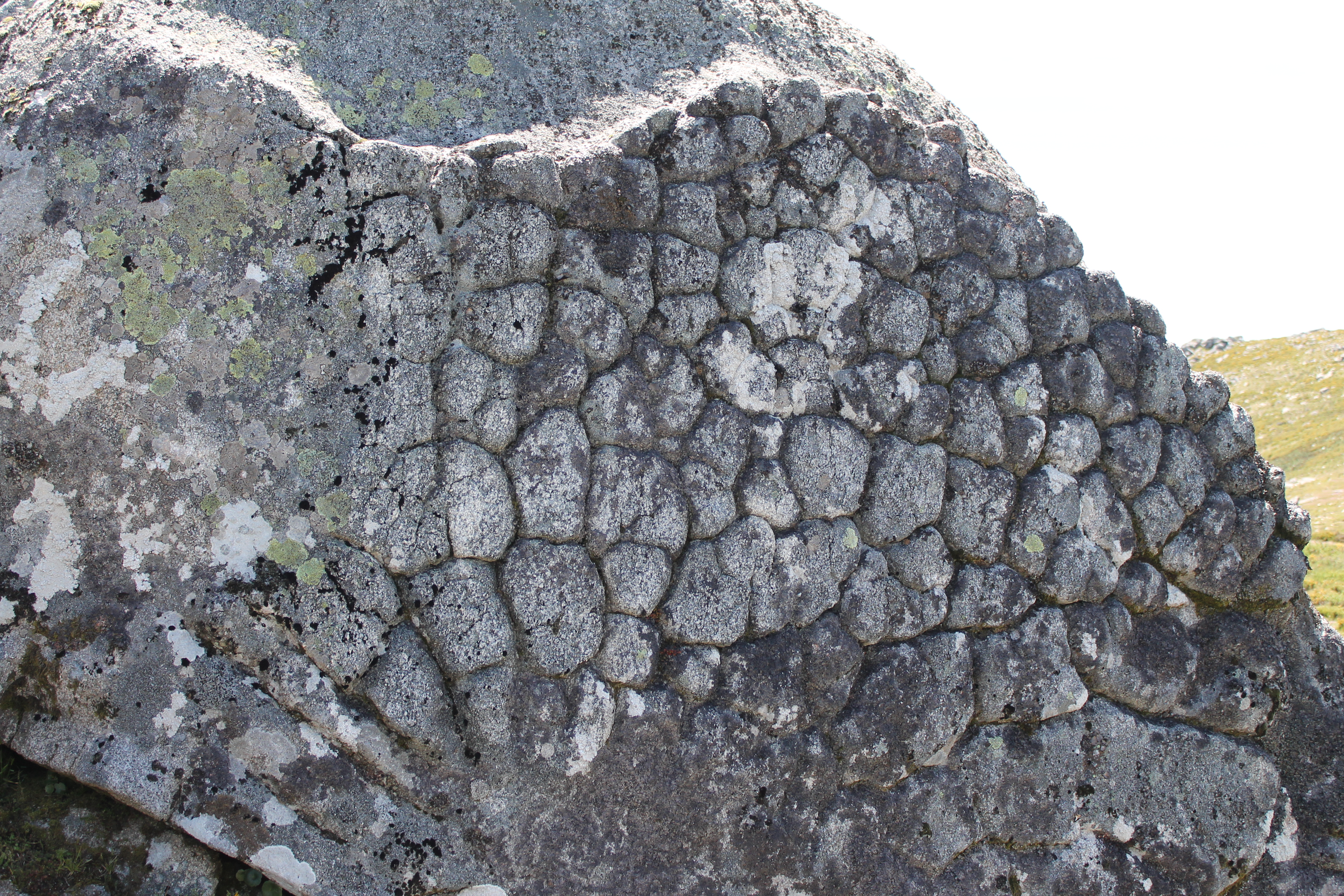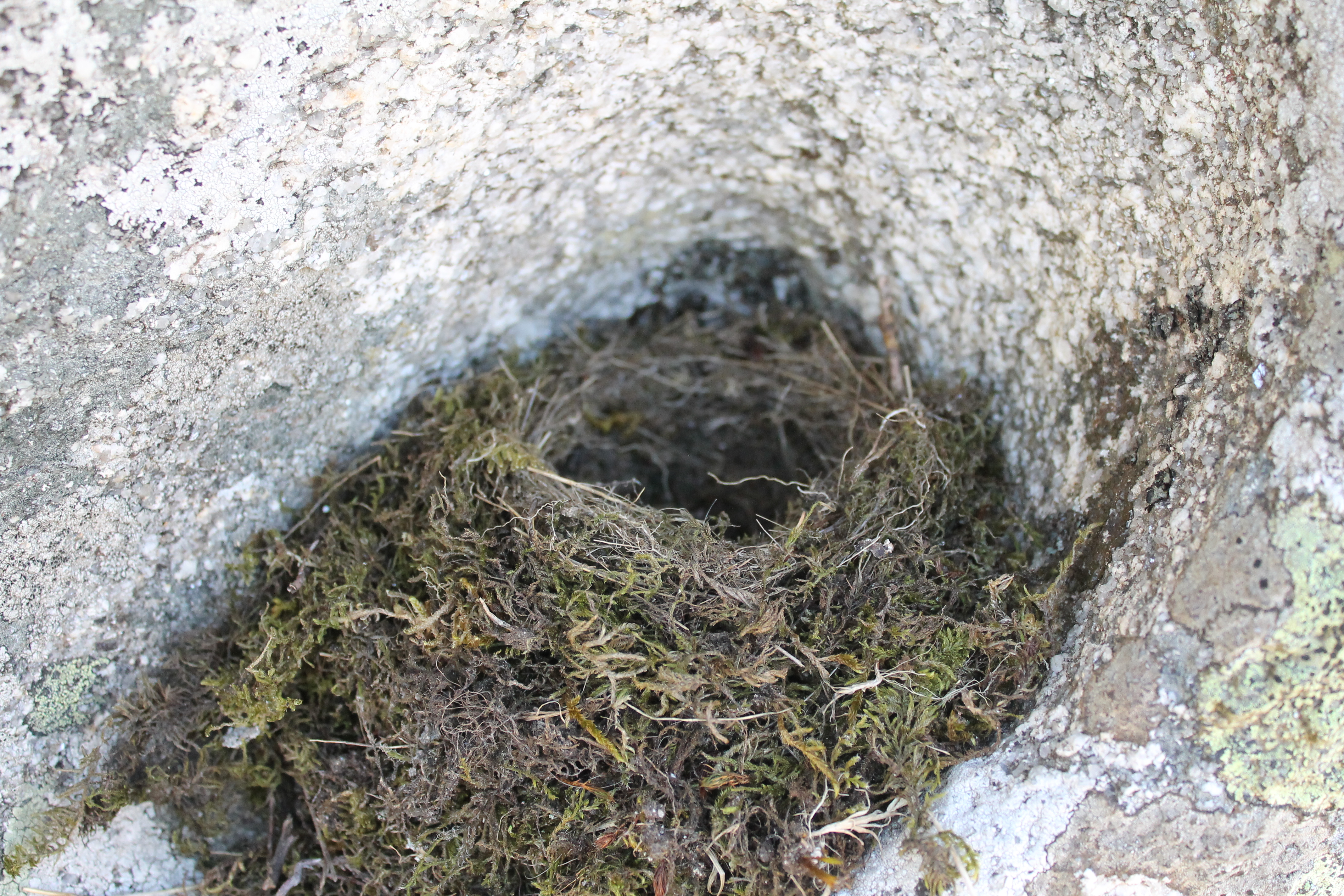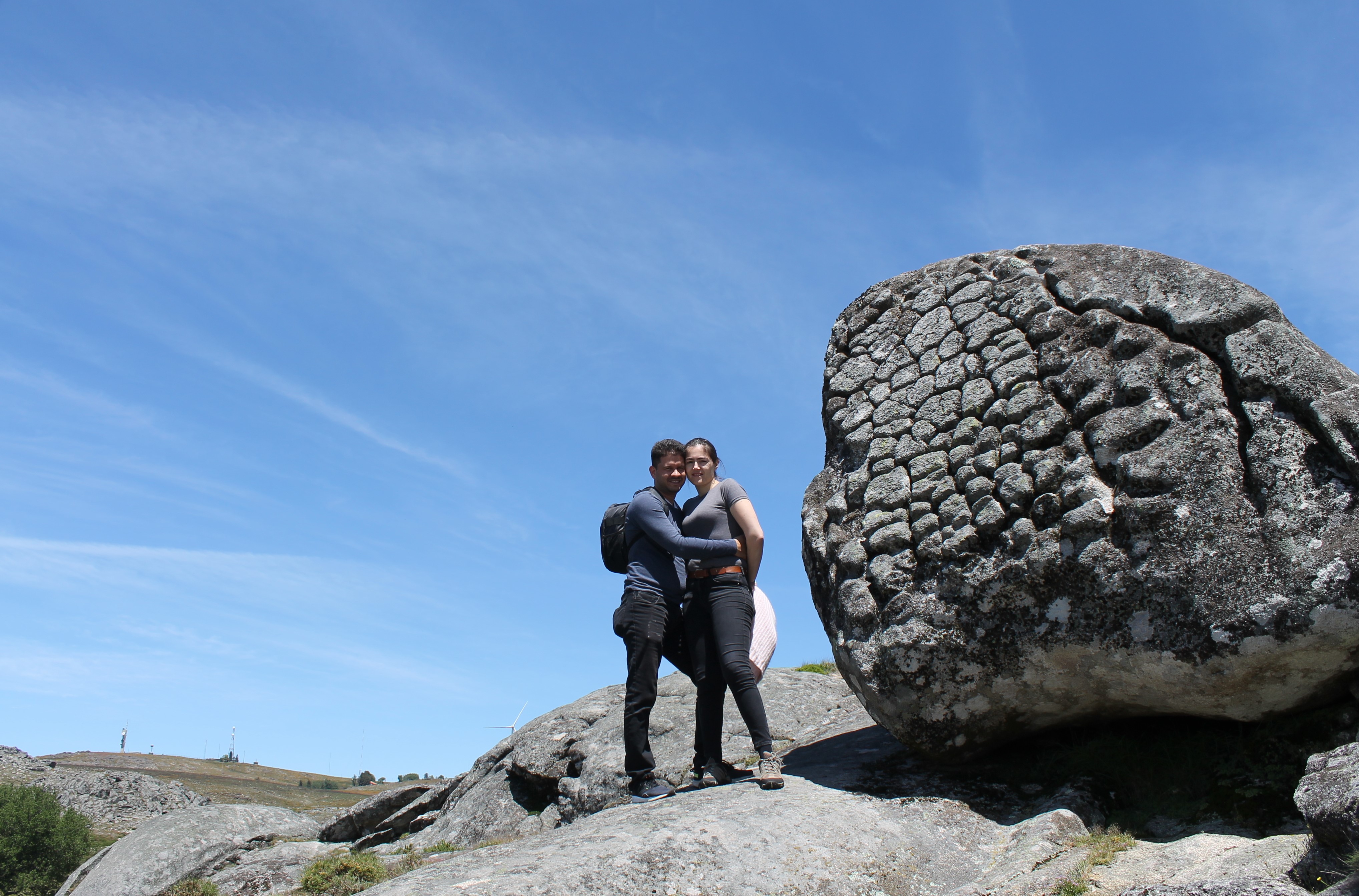The Boroas del Junqueiro Stones, located on the plateau of the Sierra de Freita, are part of the Red Geopark of Arouca geosites. This phenomenon constitutes an excellent example of granite morphology, in particular of polygonal cracking in granitic rocks, forming a network of polygons on the rock surface reminiscent of corn boroas.😮😮🌏🧭
Las Piedras Boroas del Junqueiro, situadas en la meseta de la sierra de Freita, forman parte del Geoparque rojo de geositios del Arouca. Este fenómeno constituye un excelente ejemplo de morfología granítica, en particular de agrietamiento poligonal en rocas graníticas, formando una red de polígonos en la superficie de la roca recordando las boroas de maíz.😨👨🏫👨🎓
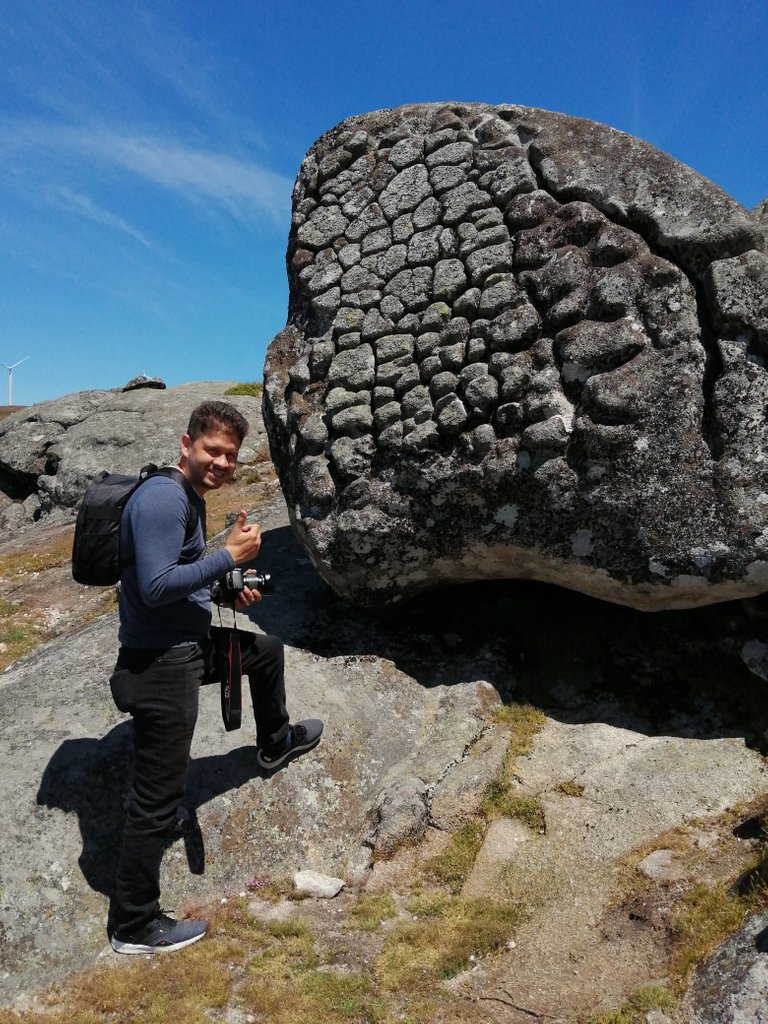
PEDRAS BOROAS PARK🙂🧠🦾👍⛔
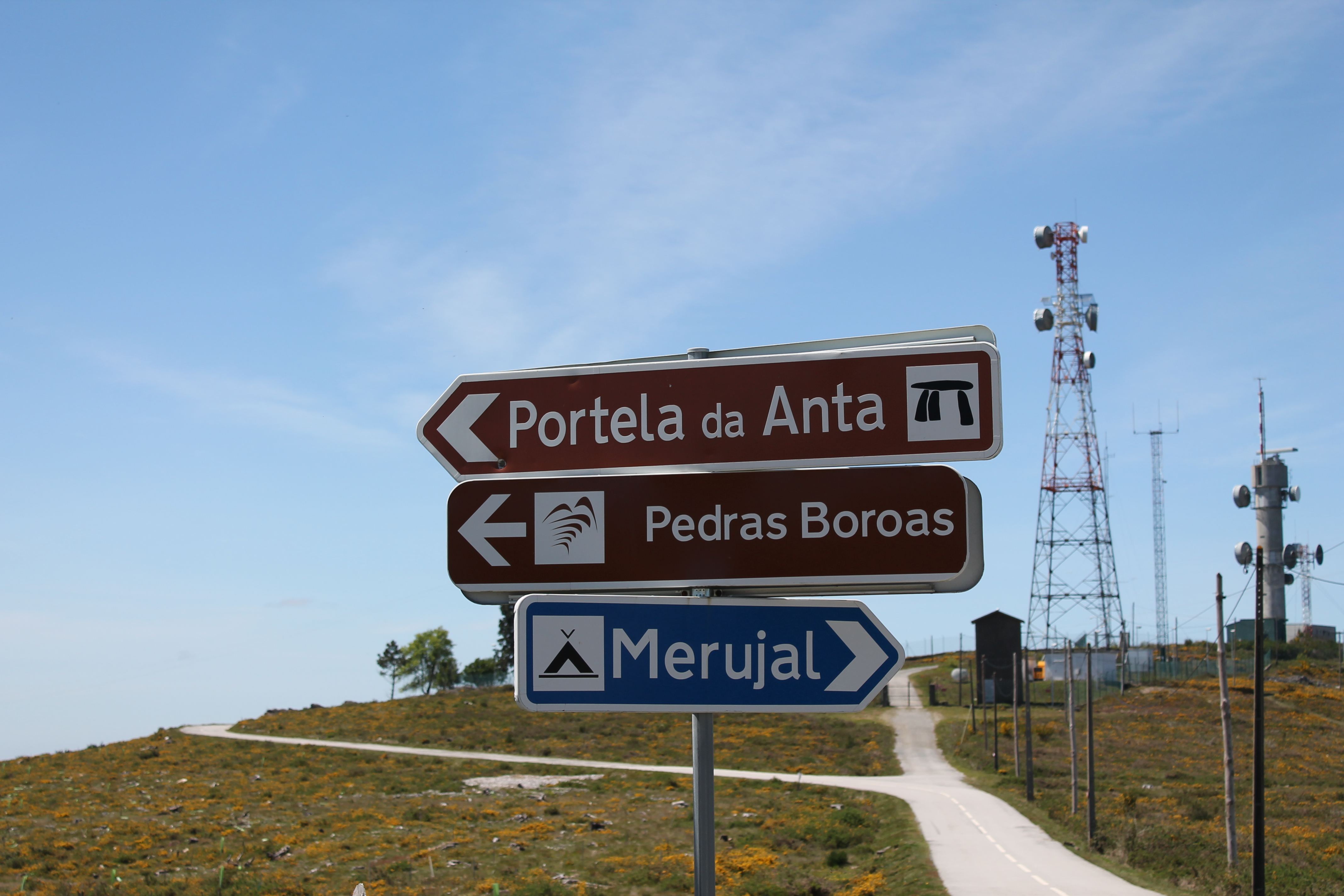
Integrado en la Red Europea de Geoparques de la Unesco, el Geoparque de Arouca, en el nordeste del distrito de Aveiro, ocupa 327 kilómetros cuadrados. En ellos se distribuyen 41 geositios, es decir, lugares con interés geológico. Un auténtico museo geológico rodeado por las sierras de Freita, Arada y Montemuro.😍😍
Integrated in the European Network of Geoparks of UNESCO, the Geopark of Arouca, in the northeast of the district of Aveiro, occupies 327 square kilometers. In them 41 geosites are distributed, that is to say, places with geological interest. An authentic geological museum surrounded by the Freita, Arada and Montemuro mountain ranges.🌏🧭
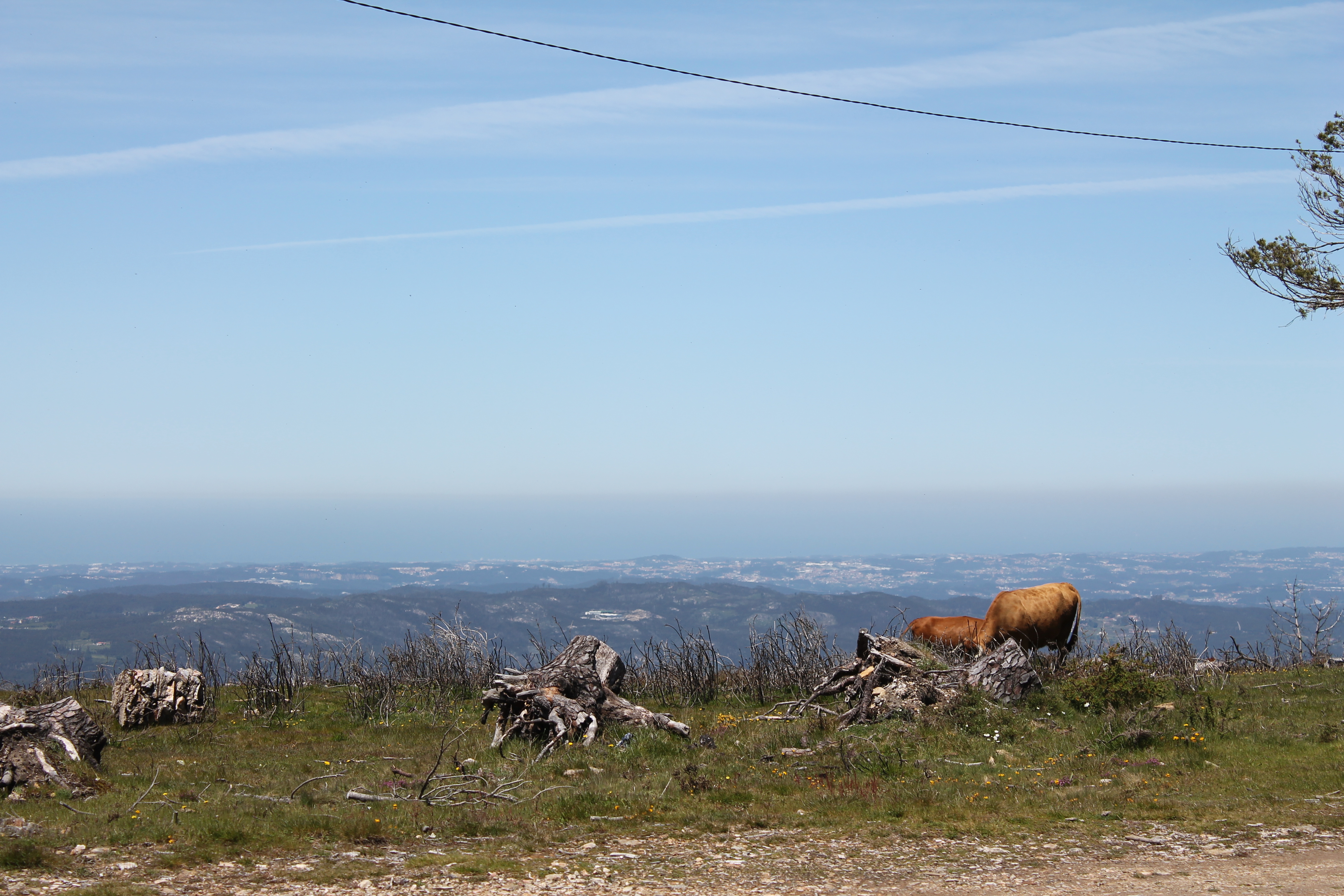
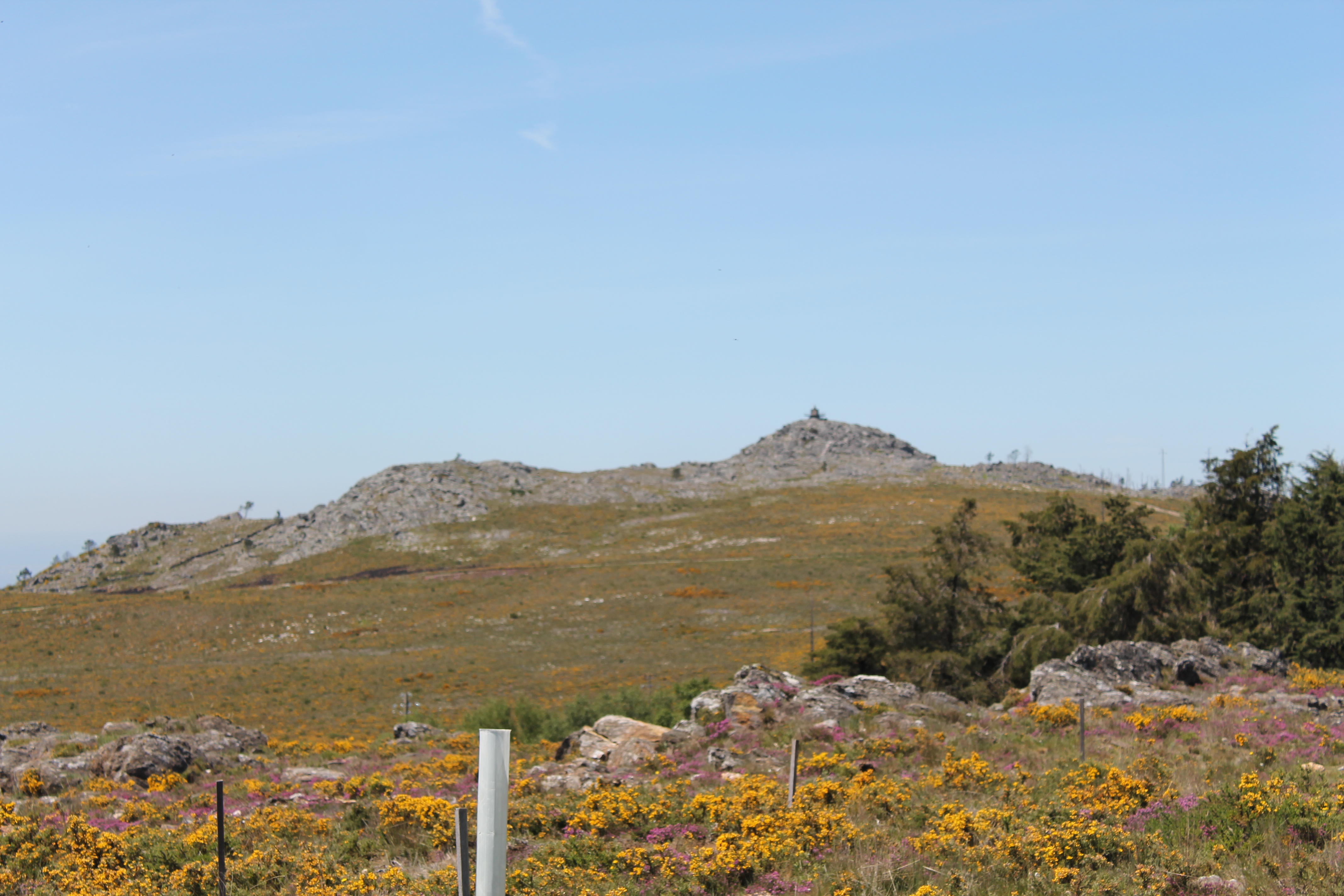
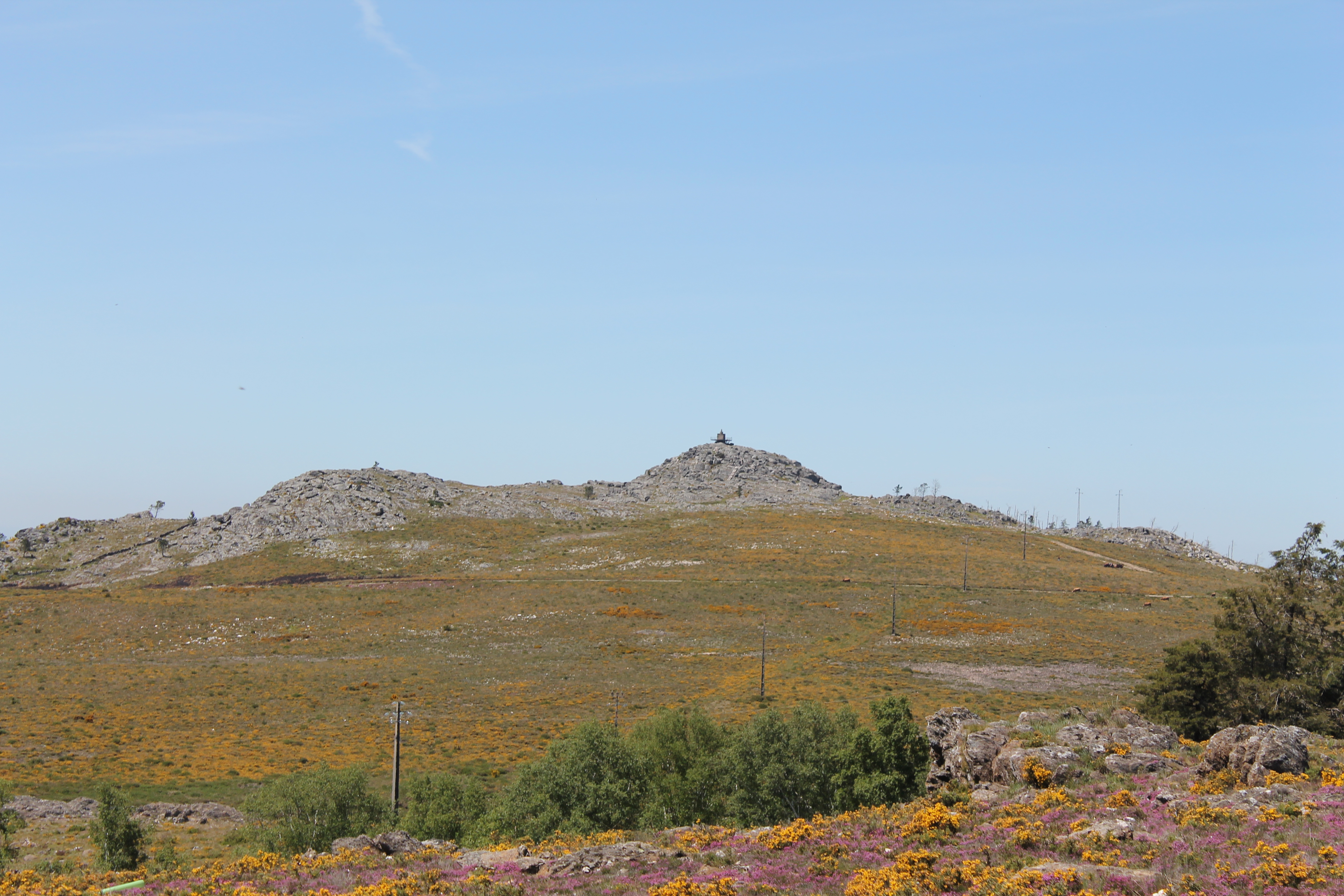
ABOUT THE CRACK PHENOMENON🙂🧠🦾👍⛔
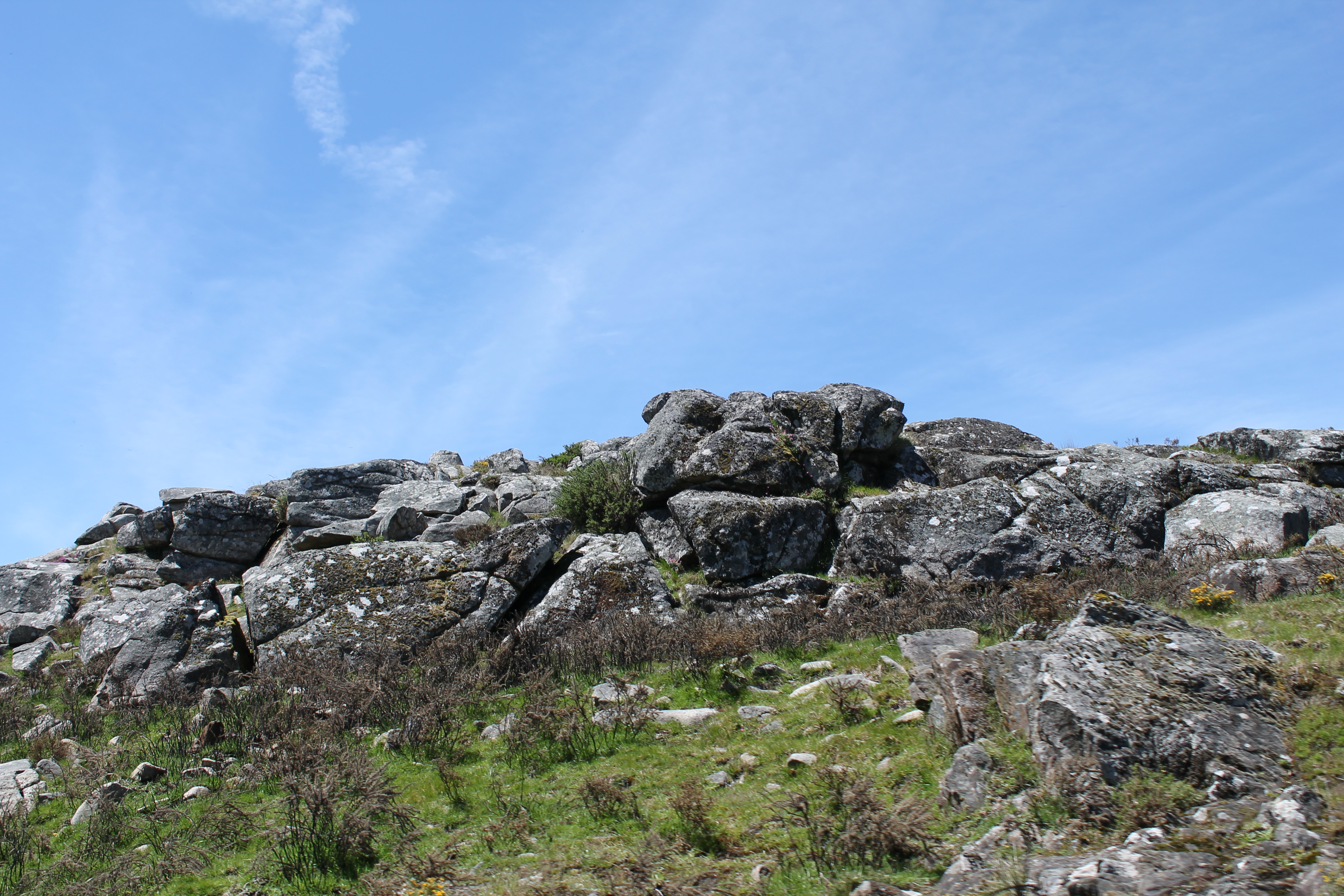
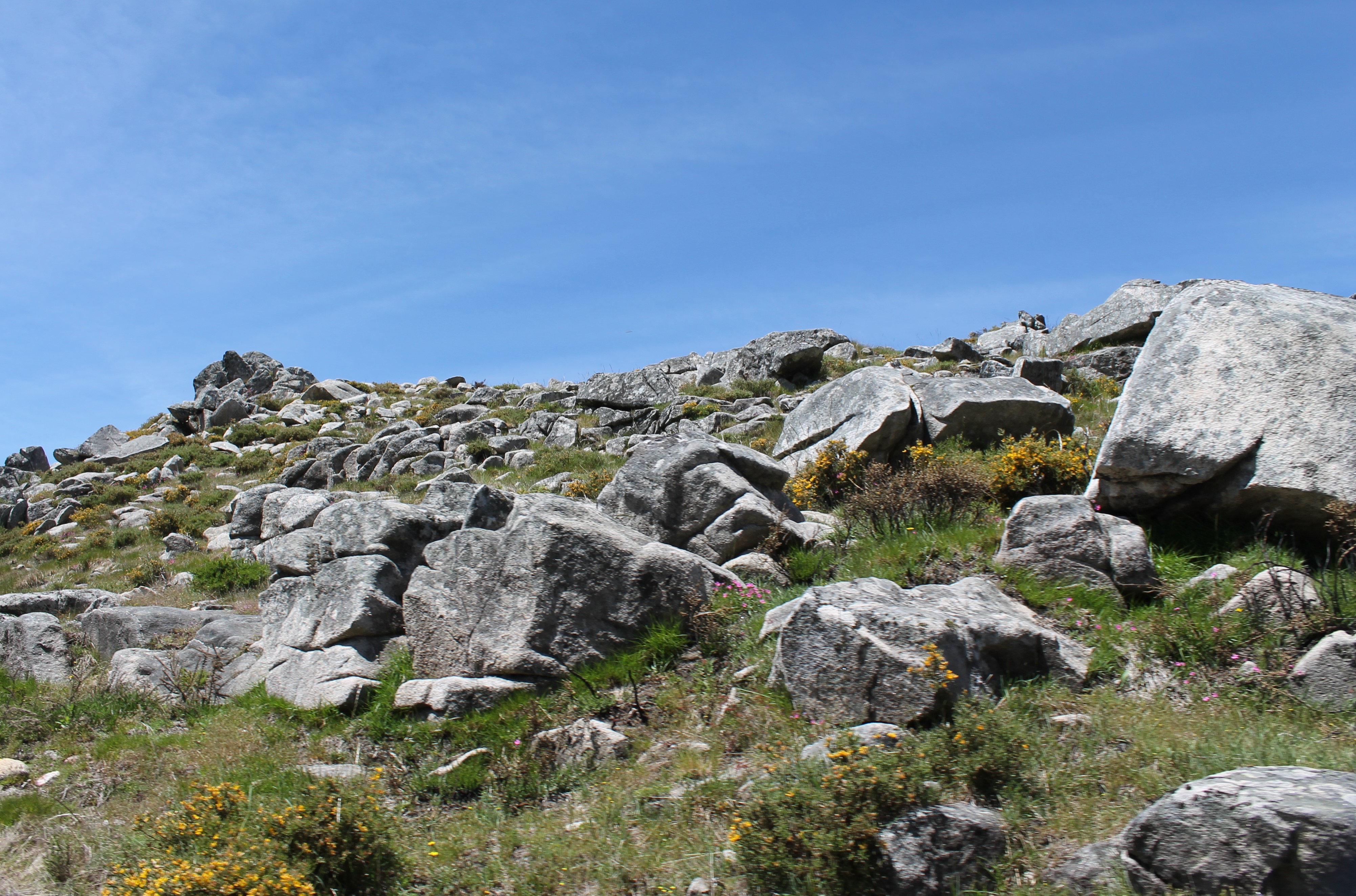
Polygonal breaks or cracks consist of a mosaic of plates separated by fractures or grooves, reminiscent of the shell of turtles, with shapes that in our sierra usually have a pattern of irregular polygons without a defined shape.
Las roturas o grietas poligonales consisten en un mosaico de placas separadas por fracturas o acanaladuras, que recuerdan el caparazón de las tortugas, con formas que en nuestra sierra suelen tener un patrón de polígonos irregulares sin forma definida
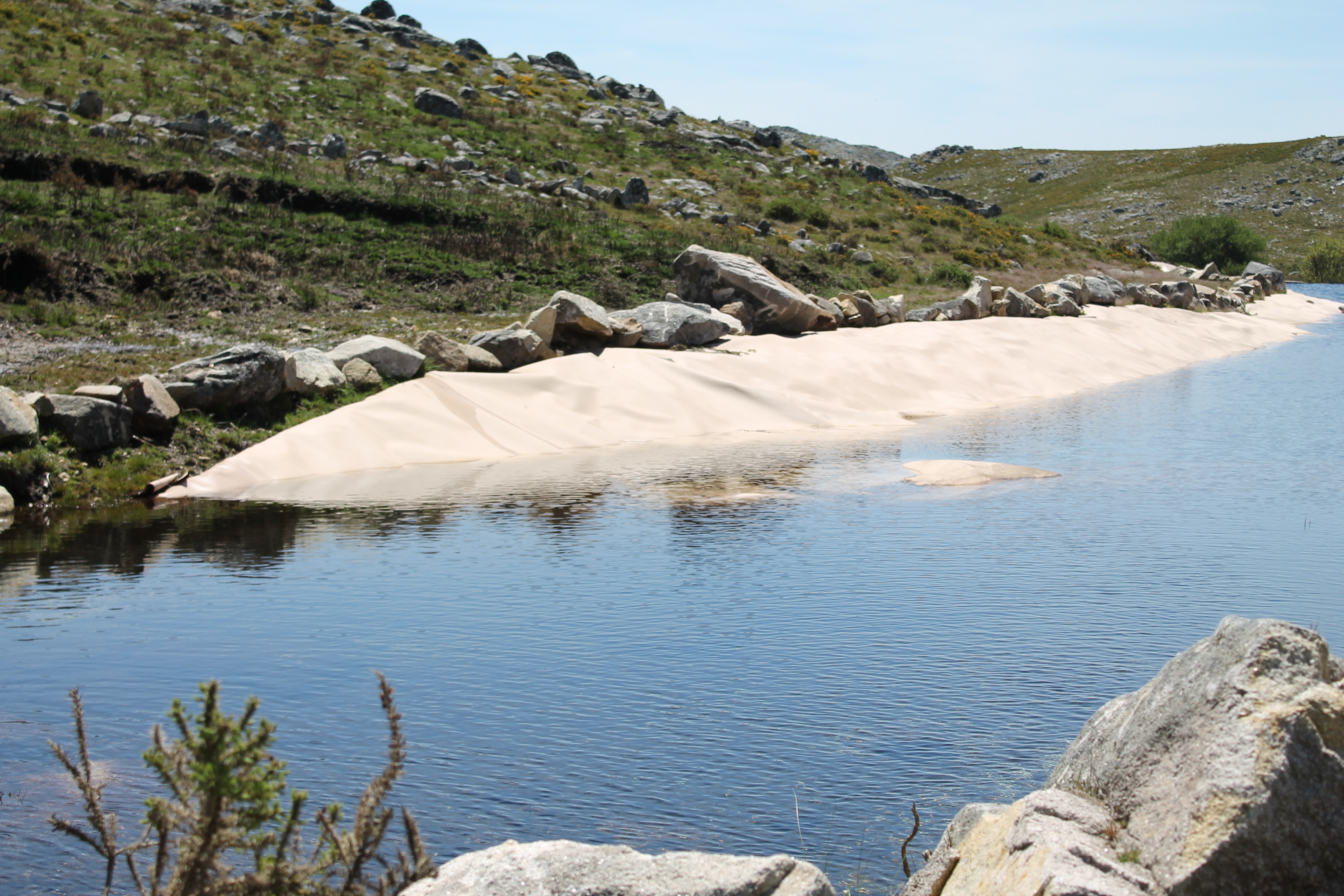
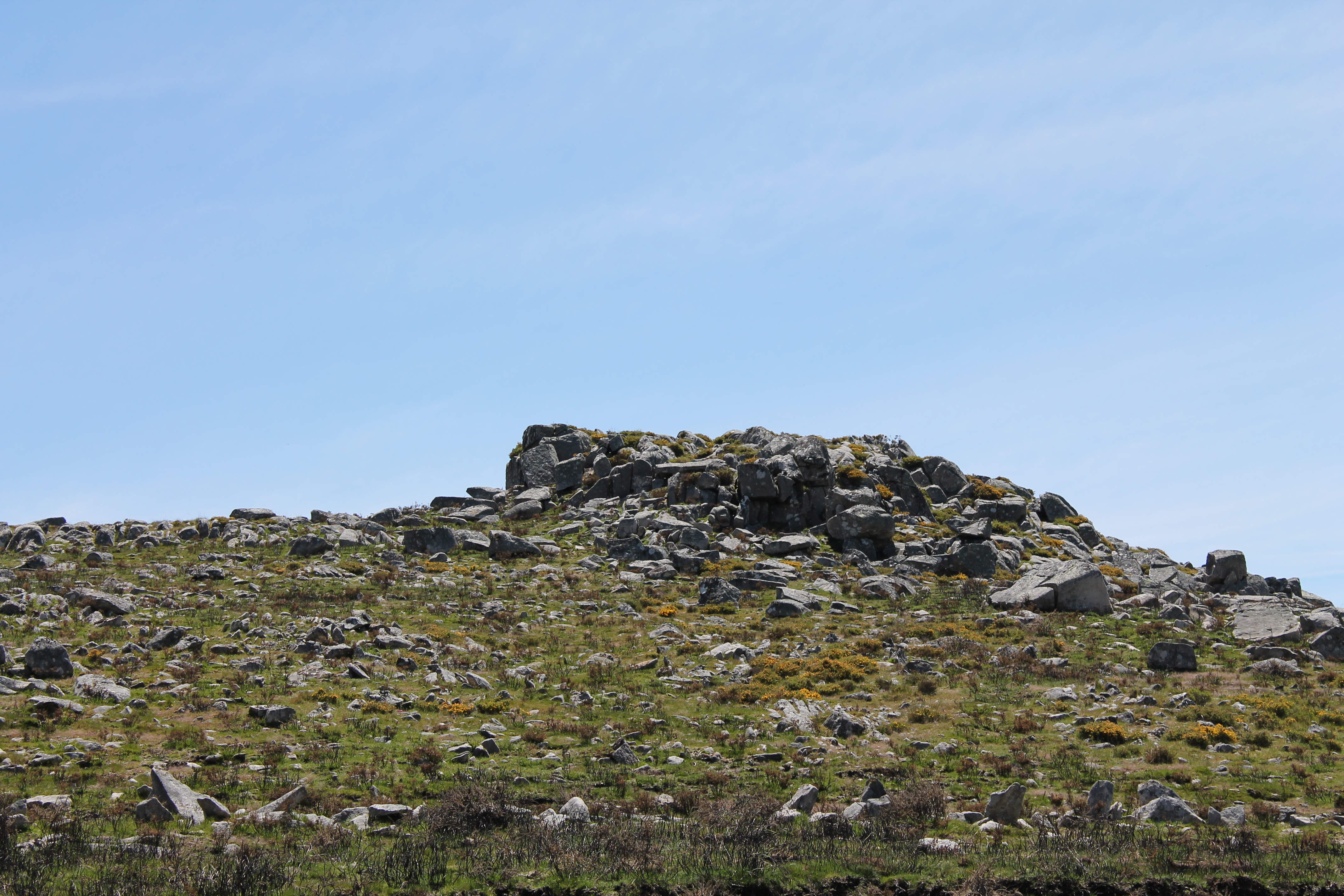
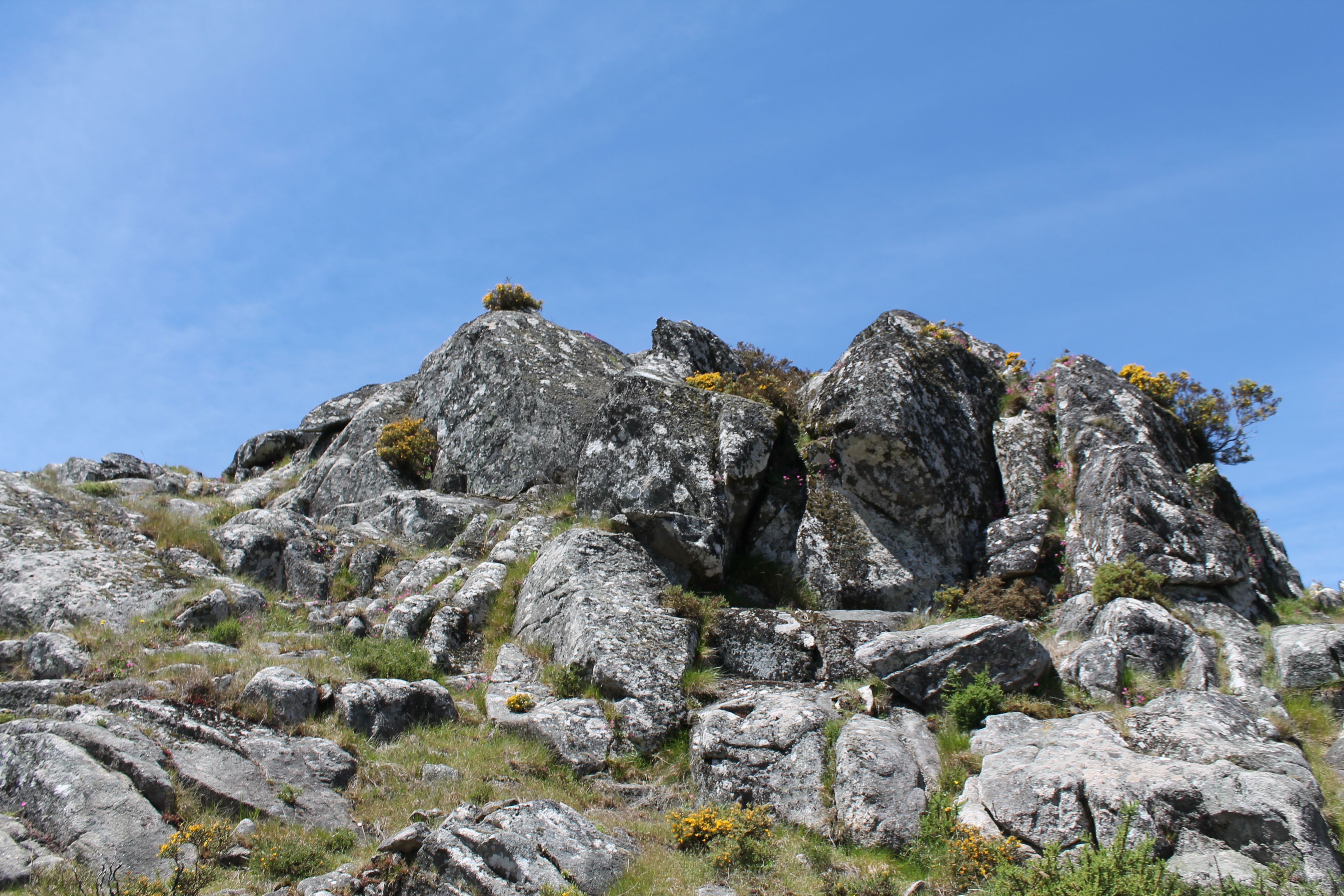
except for some rare exception where regular structures such as rhombuses and rectangles appear. The plates are rough surfaces that present a greater hardness.🤔🤔
salvo alguna rara excepción donde si aparecen estructuras regulares como rombos y rectángulos. Las placas son superficies rugosas que presentan una mayor dureza. 💥💥

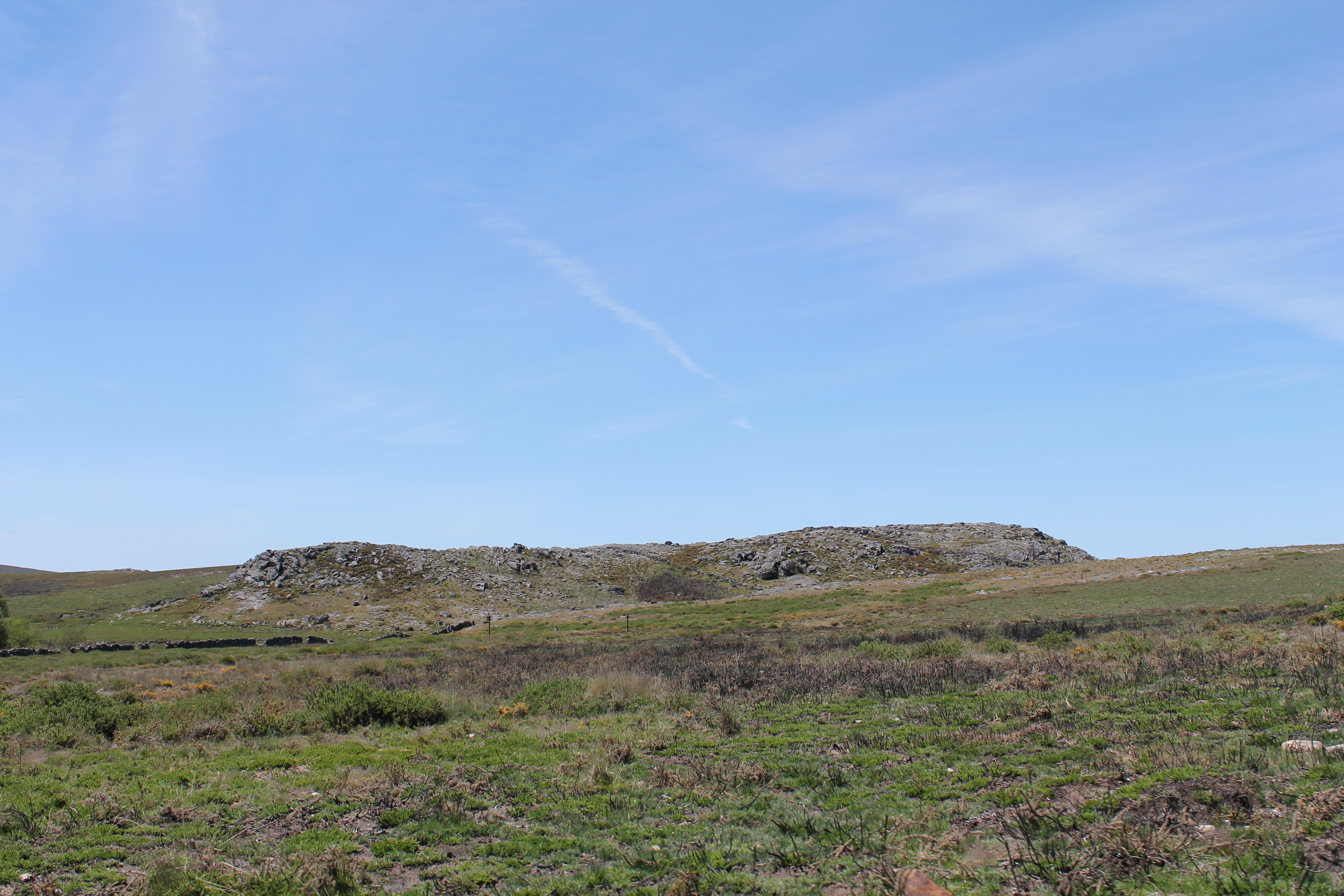
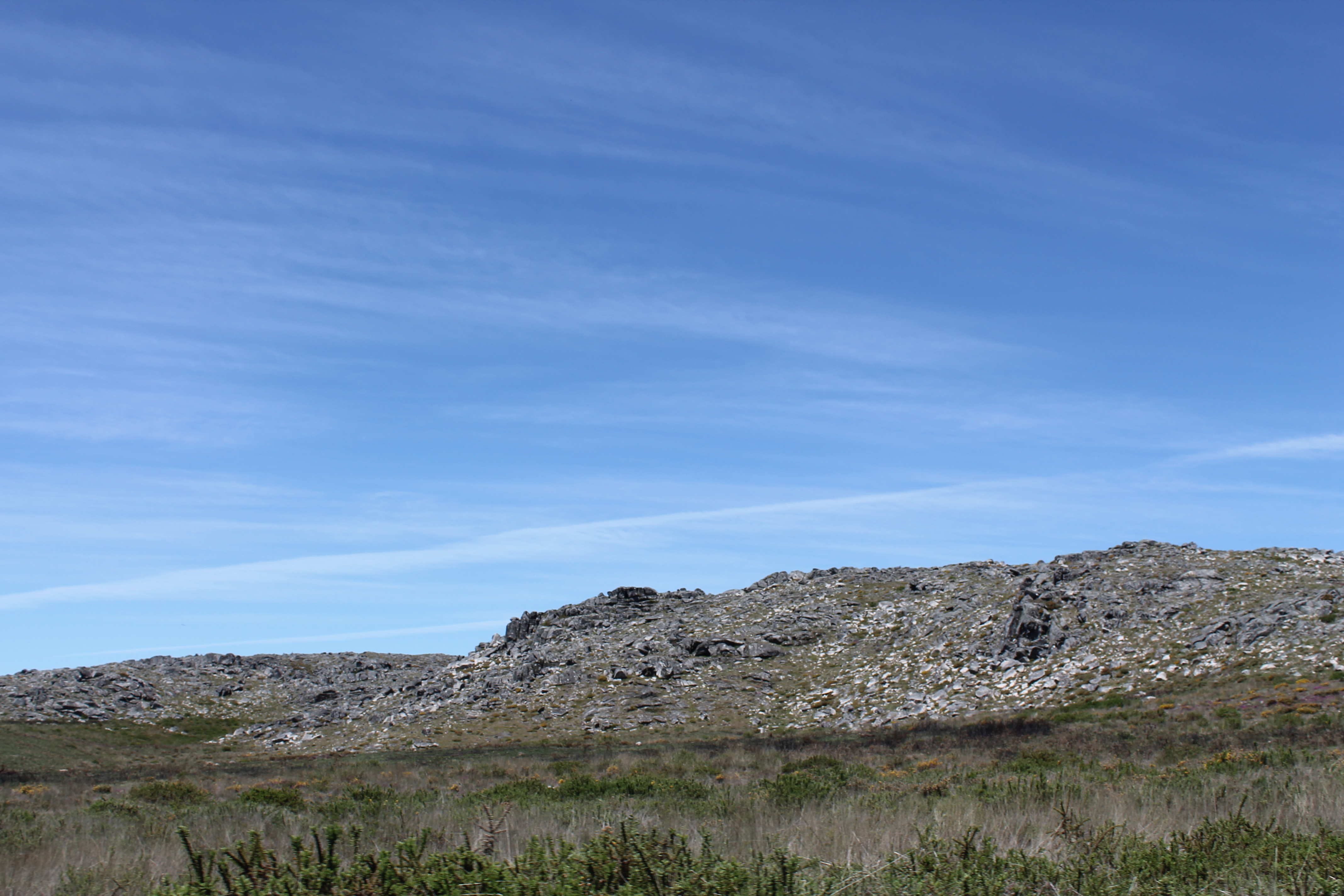
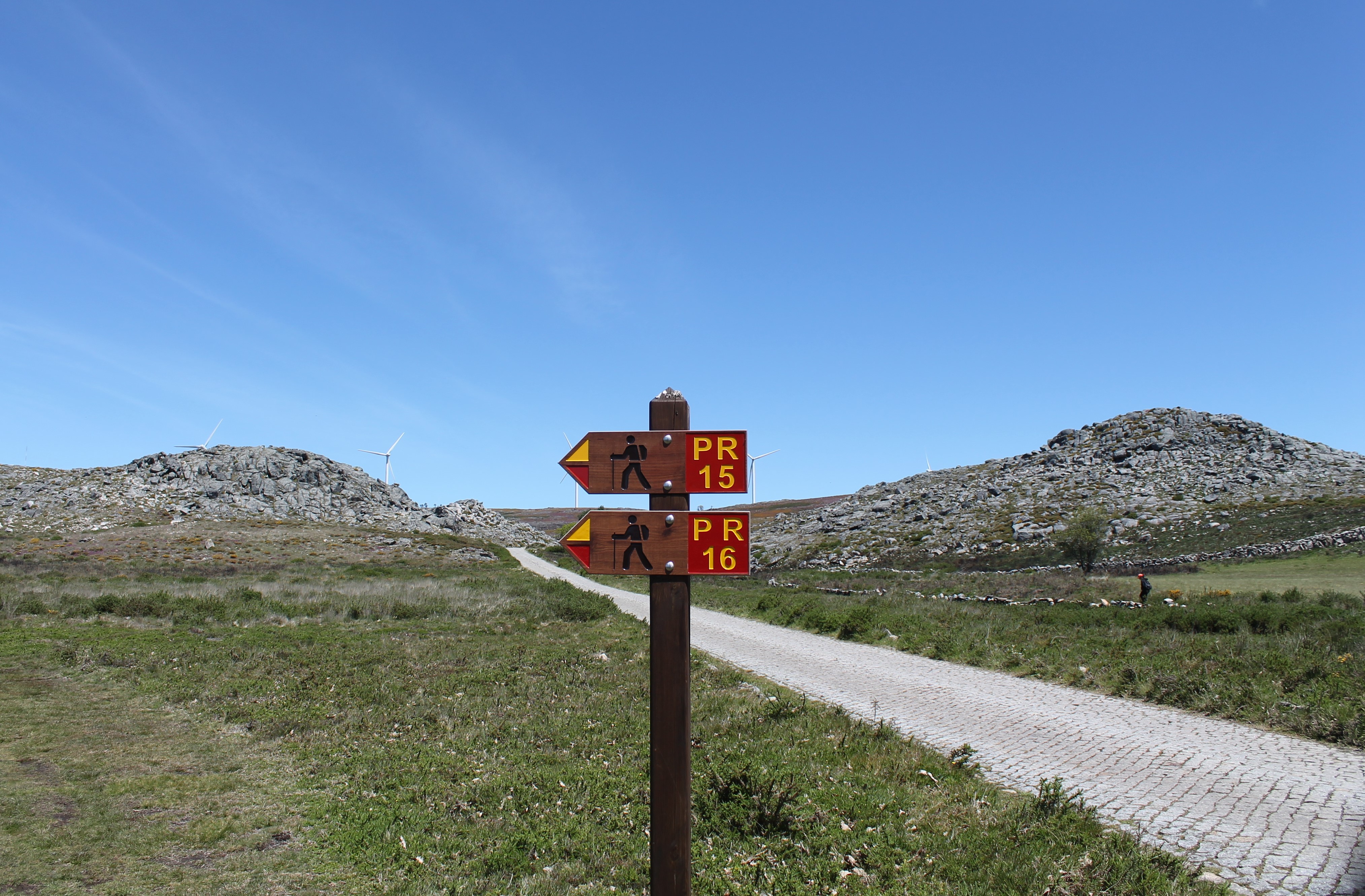
The most frequent dimensions of these plates have thicknesses of about 5 cm on the surface of the rock, and sizes that vary between 2 and 24 cm. Cracks, which affect various types of rocks, are particularly frequent in granites.🤗🤗
Las dimensiones más frecuentes de estas placas presentan espesores de unos 5 cm sobre la superficie de la roca, y tamaños que varían entre 2 y 24 cm. Los agrietamientos, que afectan a diversos tipos de rocas, son particularmente frecuentes en los granitos.😏😱👨🏫
